The body goes on strike With Babi Badalov, Amie Barouh, Florian Fouché, Hedwig Houben
20 May — 24 July 2021
As a mutant virus clings to the pulmonary alveoli and slips unnoticed towards unknown mucus membranes, forcing bodies to keep a distance from one another, and as the State divides and separates us out according to obscure sanitary logics, a biological force reveals weaknesses, dependencies, and infinite reserves of patience. The ambient catastrophe of Covid forms the backdrop to this exhibition, which has taken shape over a painfully long year during which culture has been relegated to the regime of the non-essential.
This exhibition, the first in Émilie Renard’s programme at Bétonsalon, brings together works by four artists that centre on the experiences of bodies that are weakened, hindered, marginalized, or overexposed: a solitary body gathering proofs of its legitimate existence for a bureaucratic administration (Babi Badalov); an ambiguous character, Body, who settles into a comfortable sofa and a world of idiosyncratic pleasures, who retakes control of wandering thoughts and alternates between free association and concentration (Hedwig Houben); bodies that pivot around a tipping point between assisting and assisted (Florian Fouché); the bodies of lovers and friends animated by the presence of an unflinching videocamera that captures, moves and separates them (Amie Barouh). This exhibition proposes to observe the unexplored, devalued and dormant forms of experiential knowledge that fatigue, weariness, and exhaustion might yet disclose. Bringing together representations of bodies that are described, perceived or identified as vulnerable, it looks to amplify the faint signals of their power.
The title of this exhibition is inspired by a fable by La Fontaine, Les Membres et l’Estomac [King Gaster and the Members], first published in 1668. In the story, the hands, the legs, and the feet have grown tired of working. They meet, discuss their shared condition, and decide to simply stop feeding the stomach. The fable describes a dissociated body, caught in a class conflict between the worker-limbs and the internal organs ruled over by the stomach, King Gaster, whose governance and administrative and political functions soon turn out to be vital for the ‘kingdom’ of the body as a whole. The political turmoil and the health crisis that ensues are brought to a close when the striking limbs are reminded of their reciprocal engagements and the body becomes fully operational once more.
The body goes on strike sets out the hypothesis of a mobilized and engaged body deliberately disloyal to its rational and biological functions. In this, the exhibition’s title operates as a narrative fiction that precedes the experience of the works, gestures, words and texts of which it is composed, and opens up a space of speculation around a body struggling to free itself from the centrality of the stomach and the verticality of the head, a body uncoupled from its functionalism and open to the anthropolymorphous anatomies mutating within it.
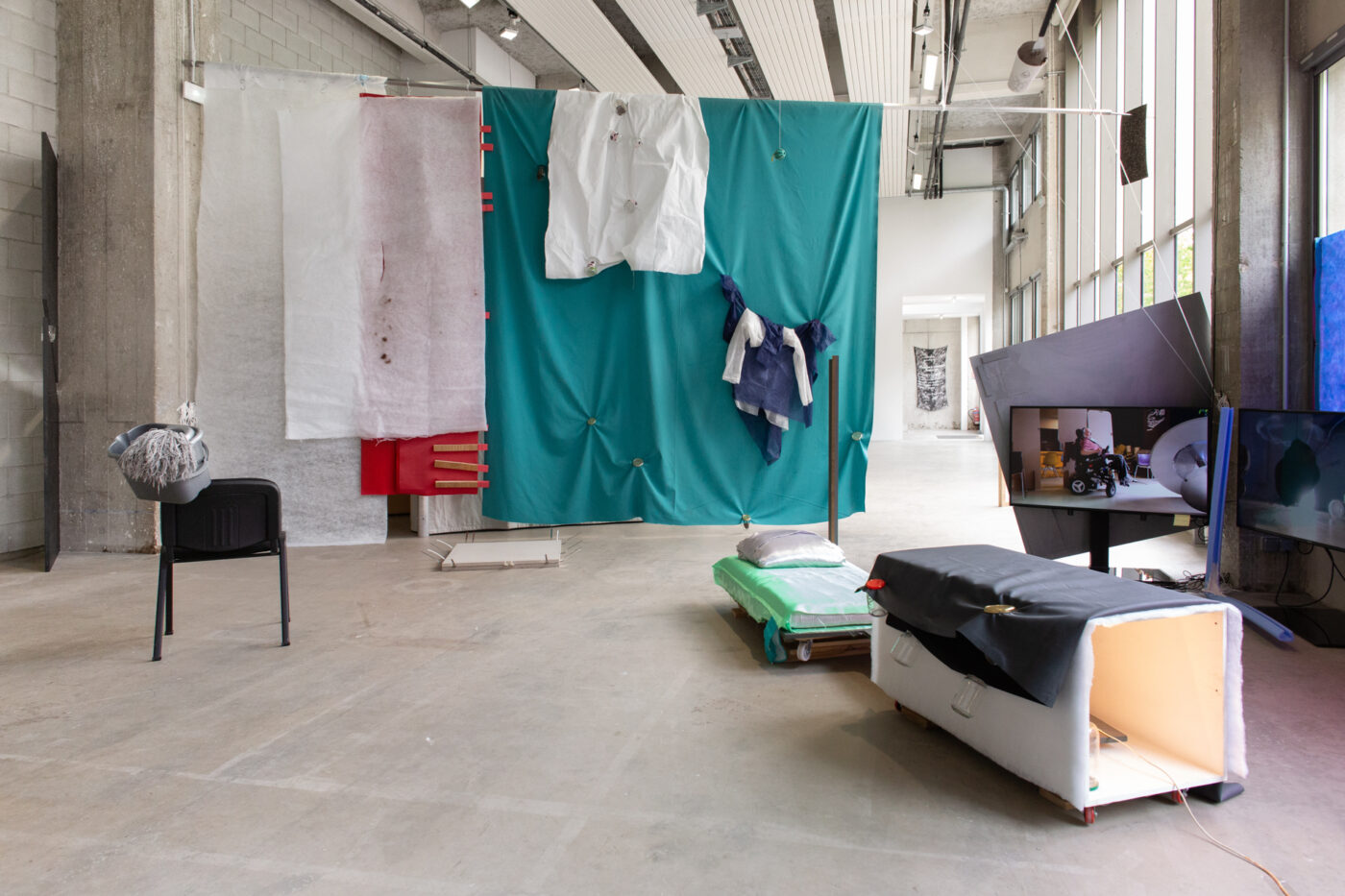
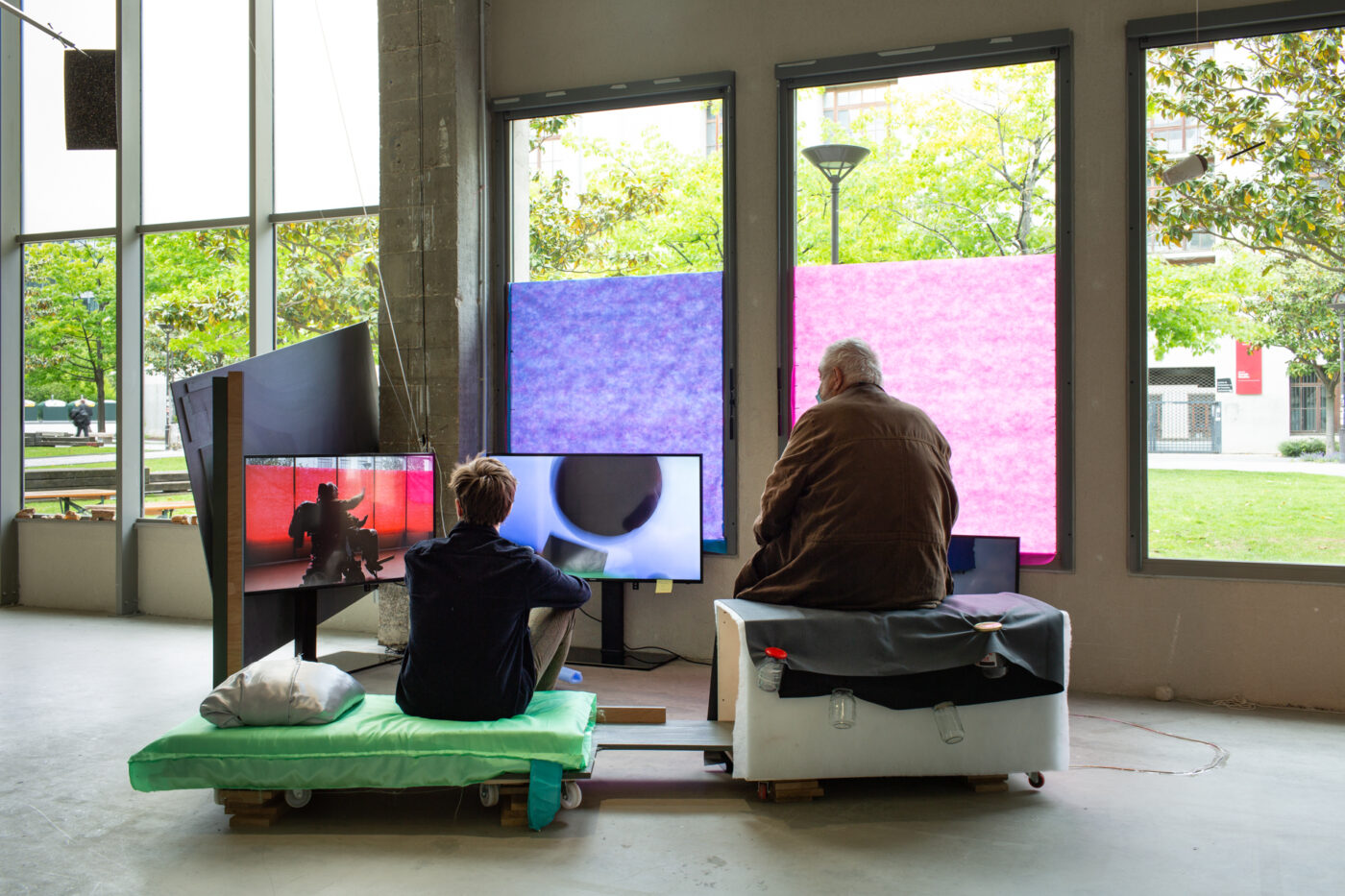
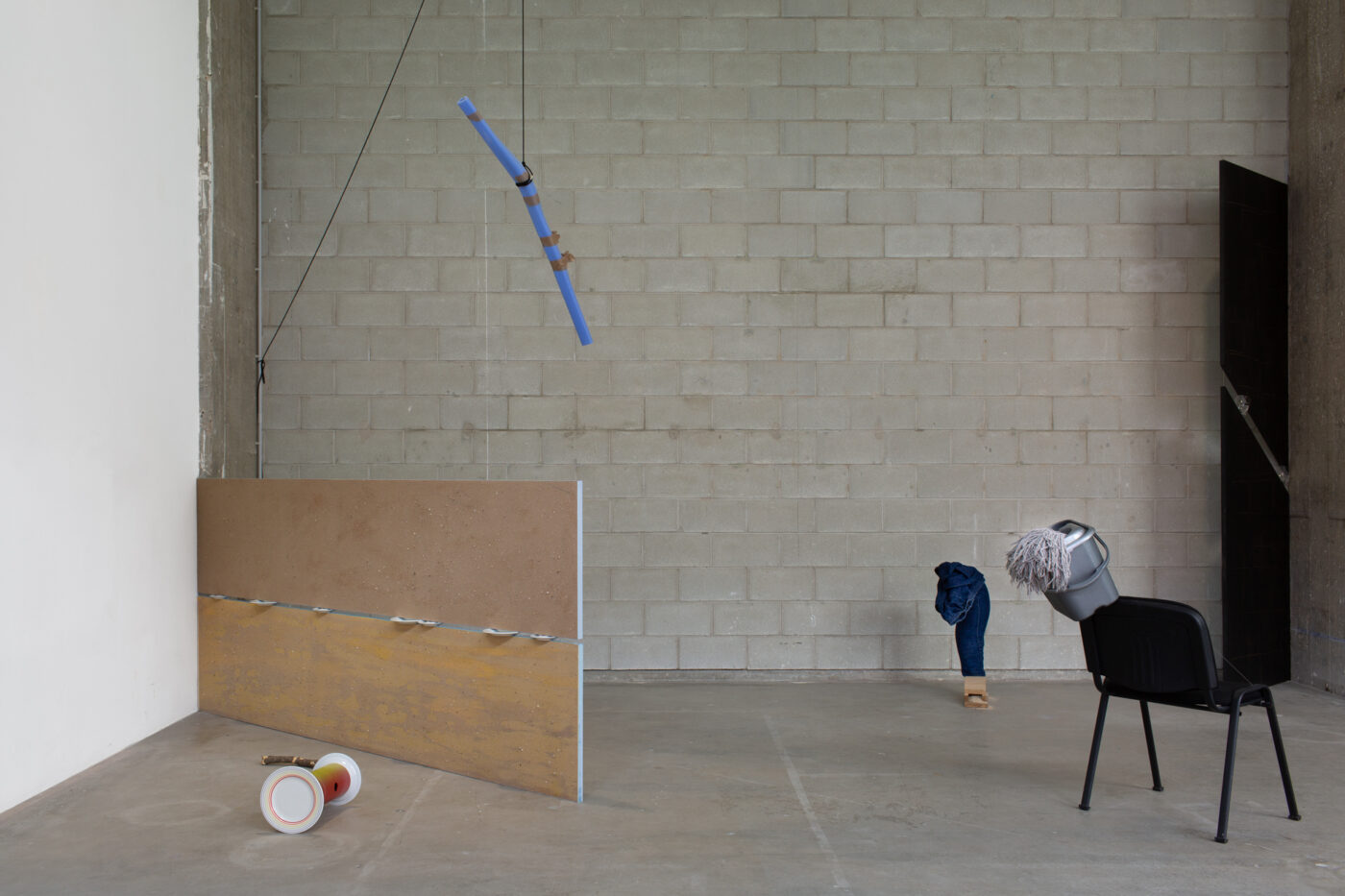
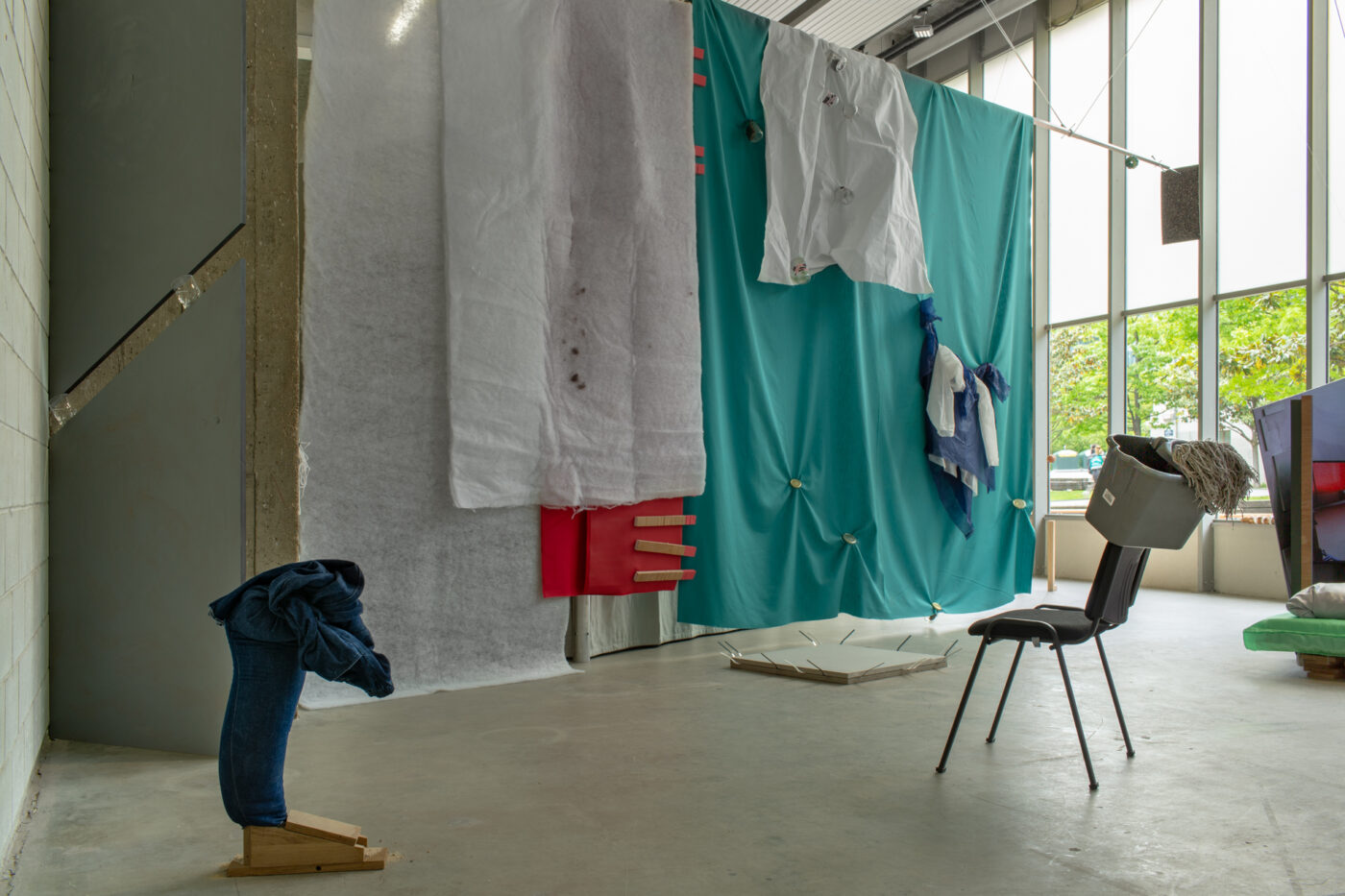
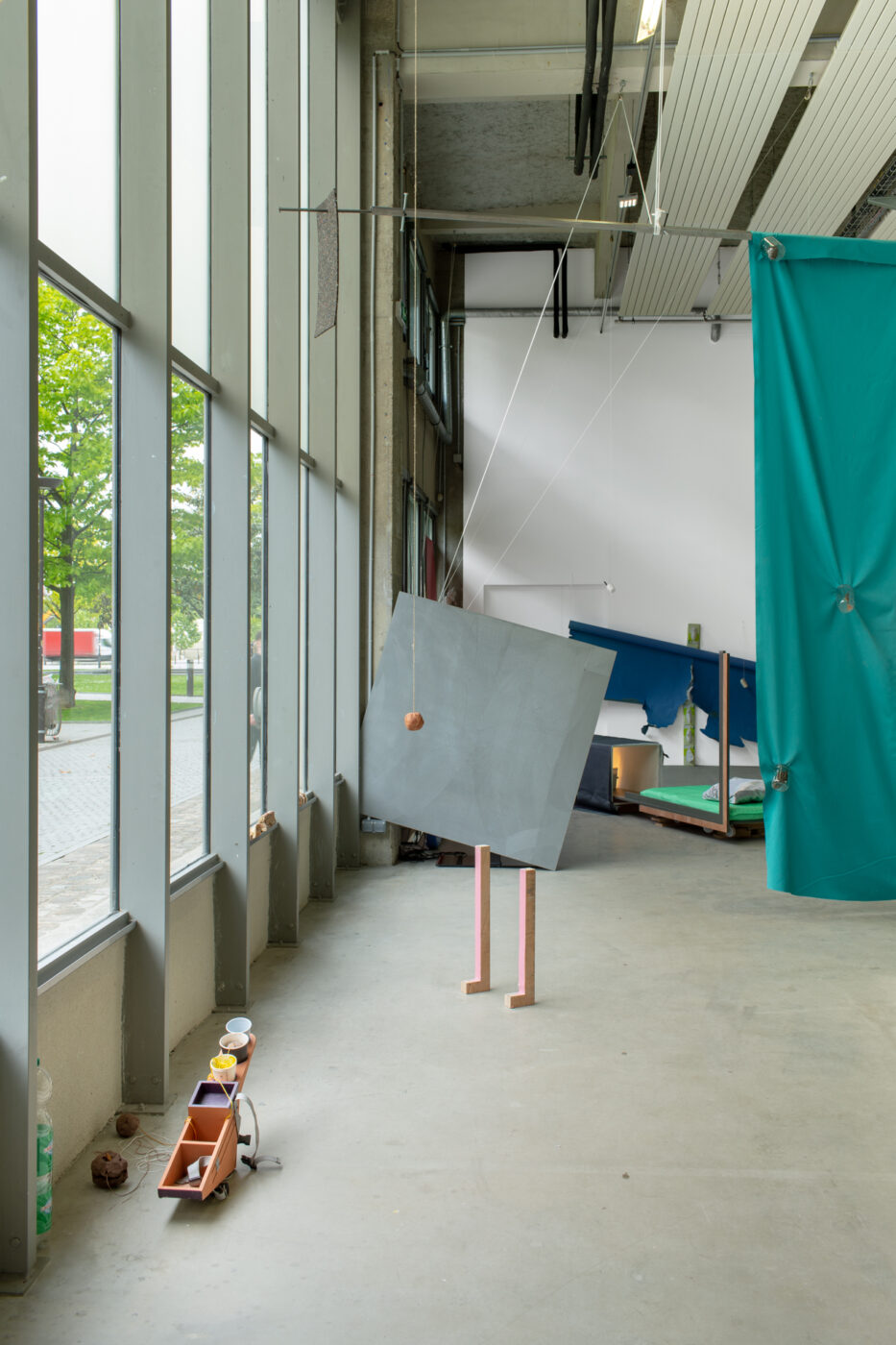
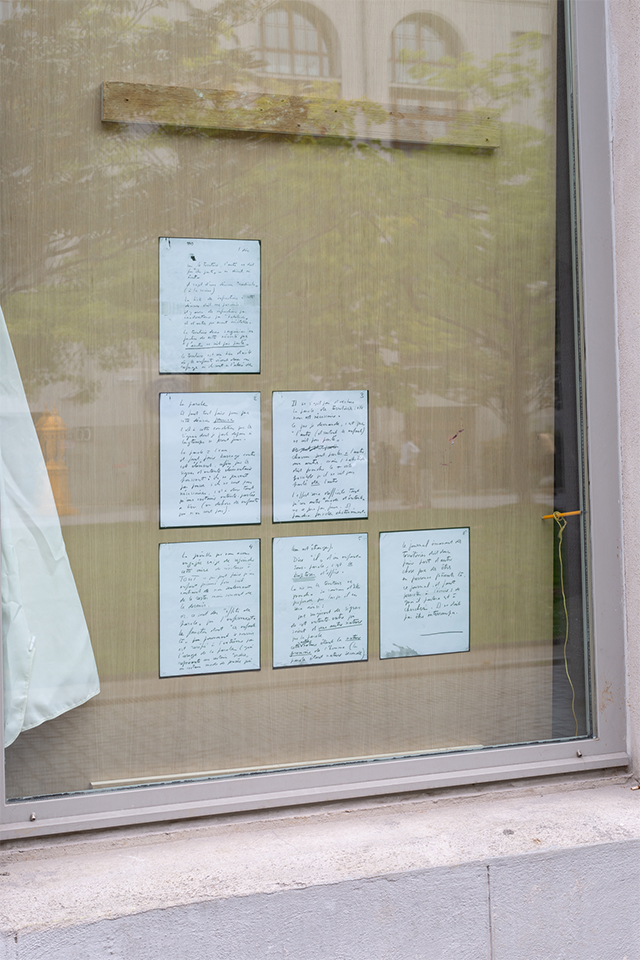
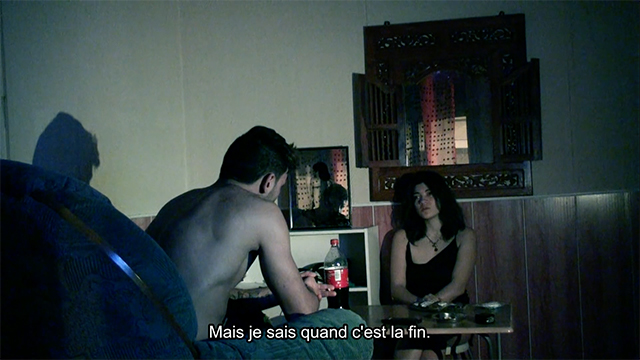
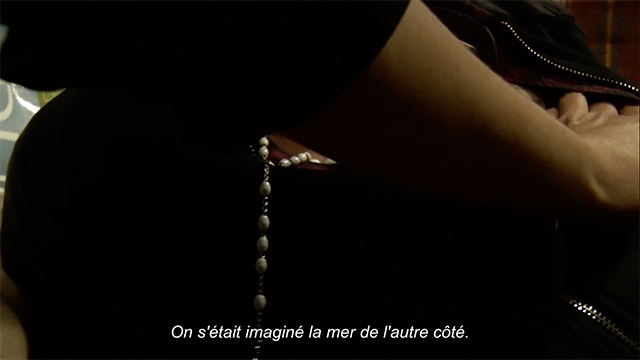
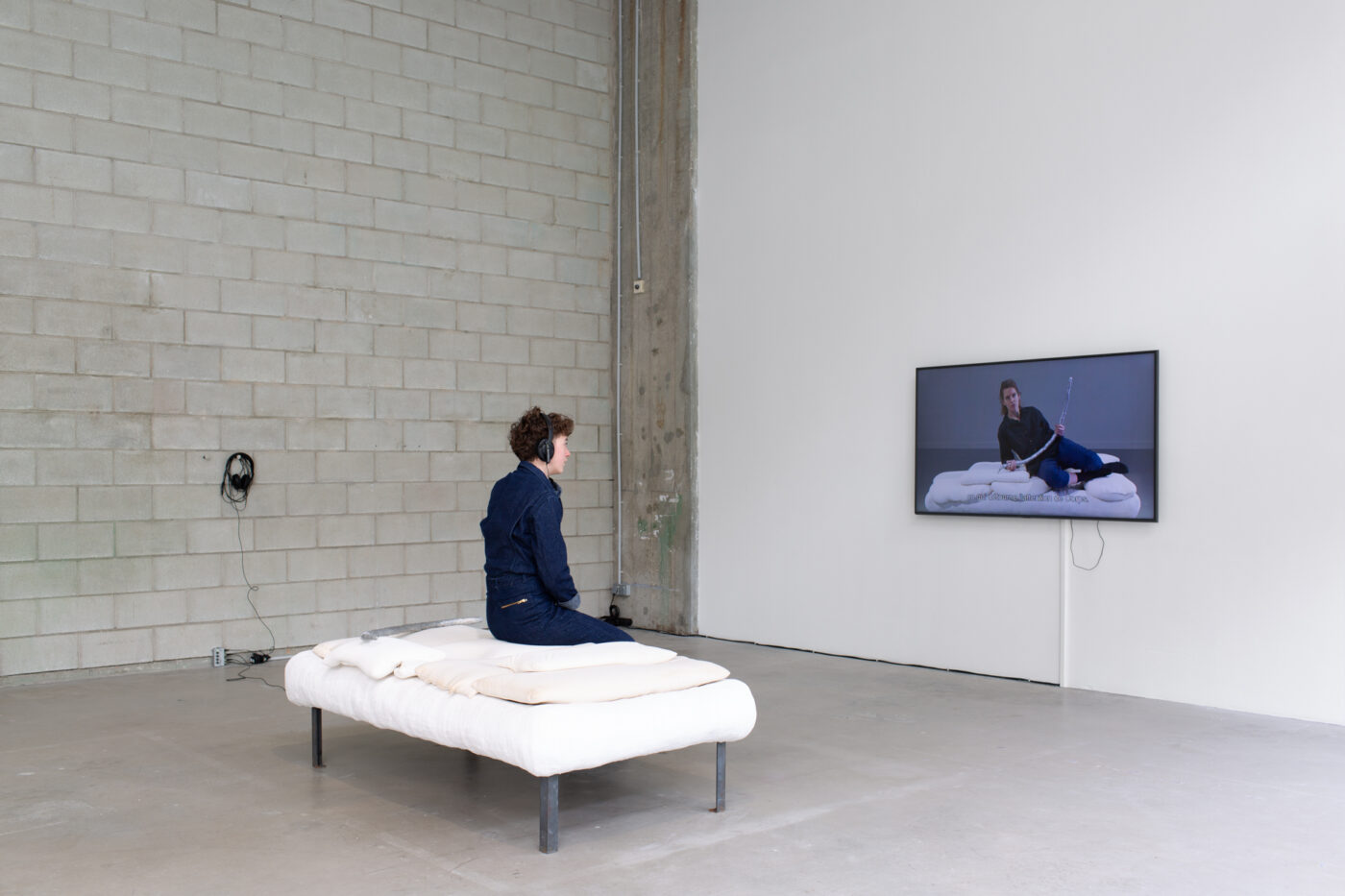
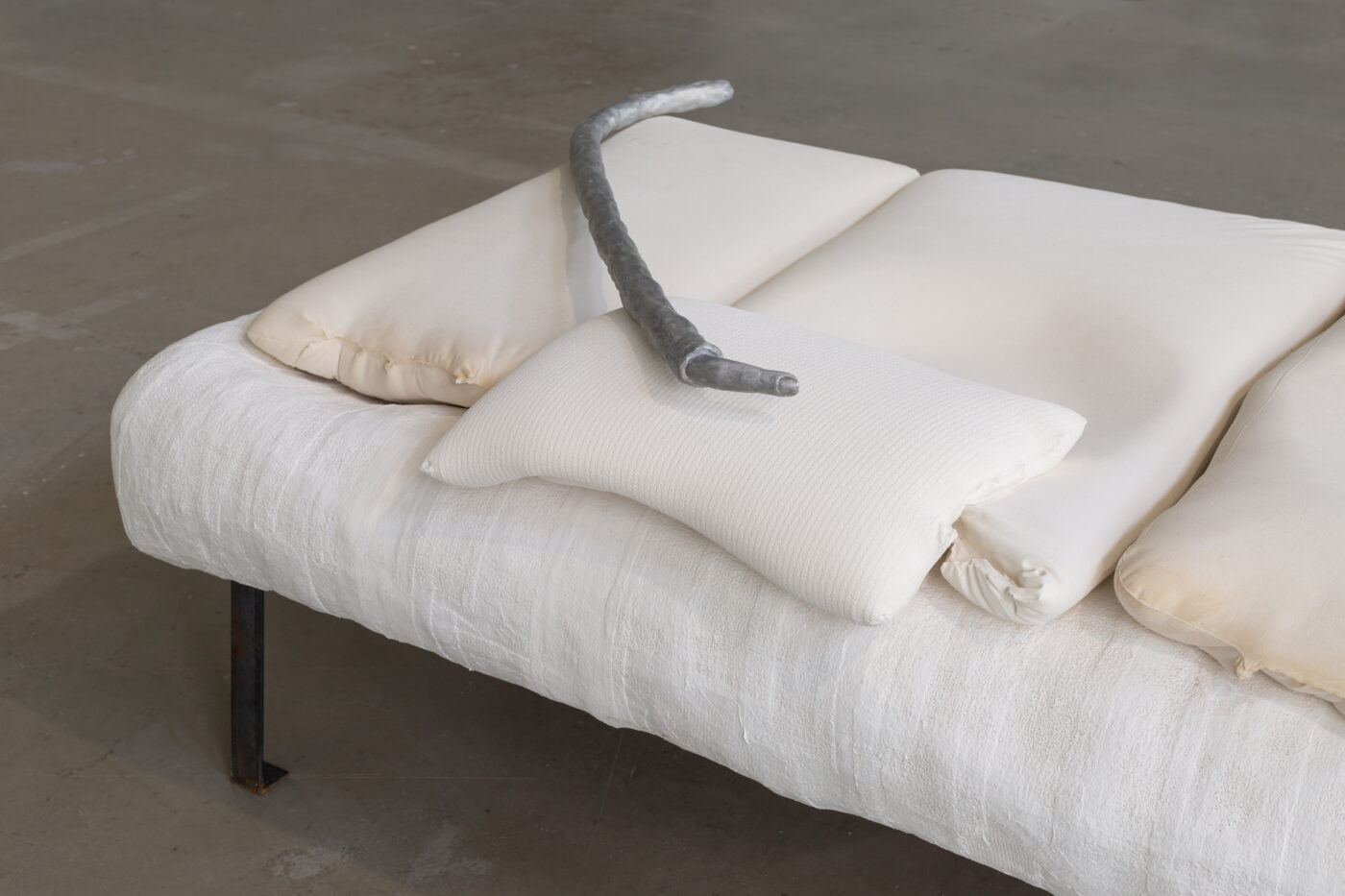
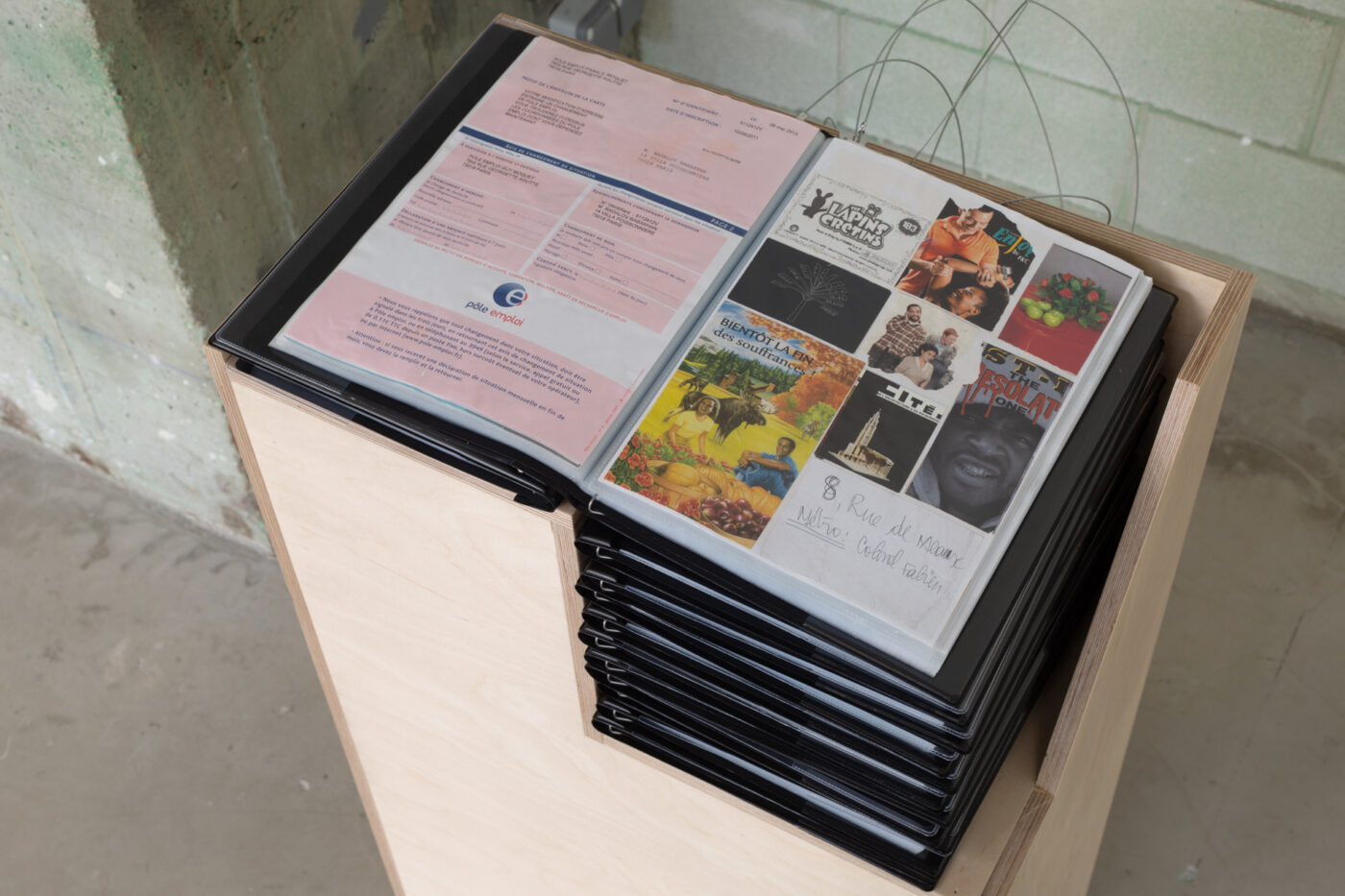
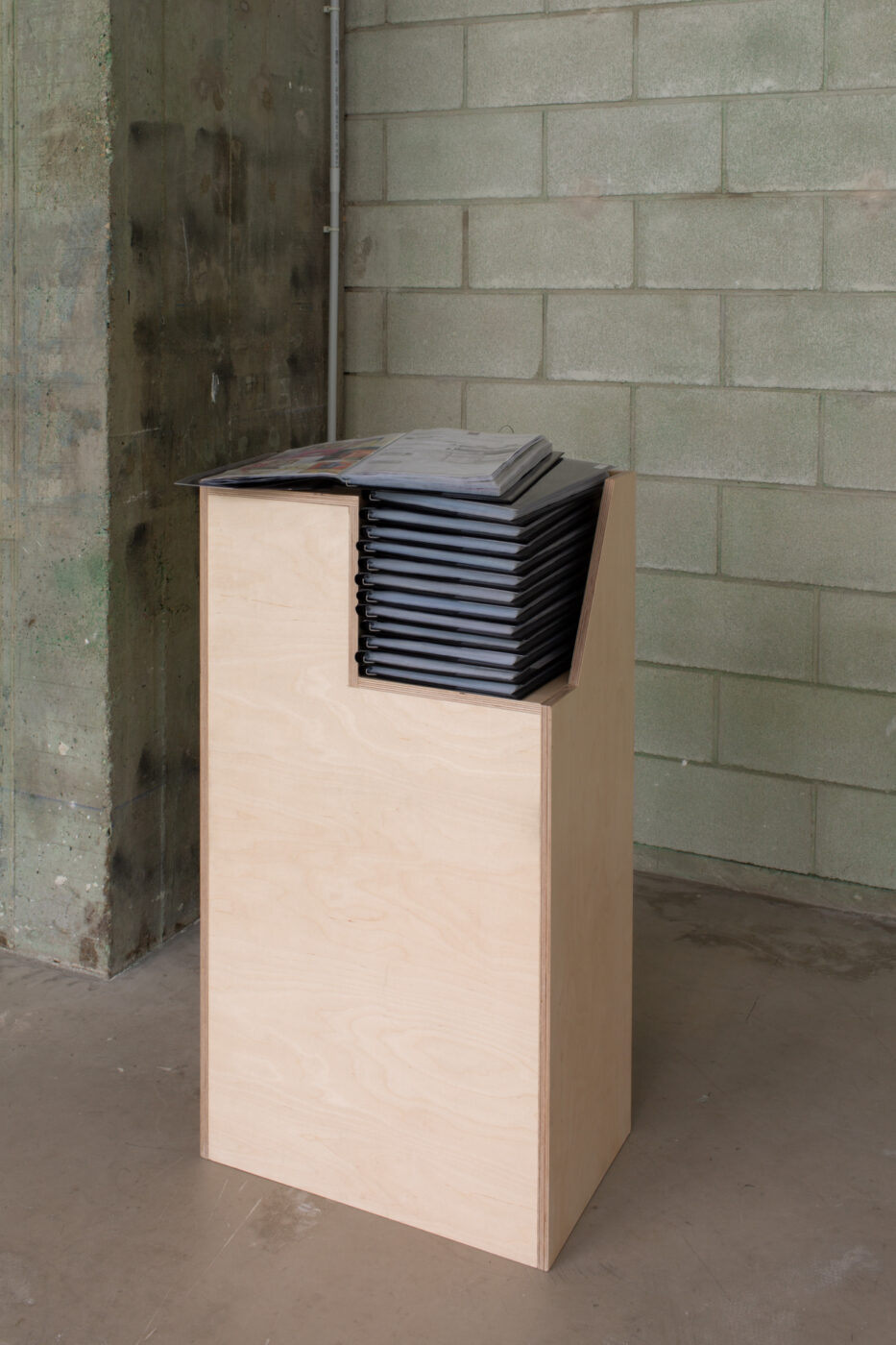
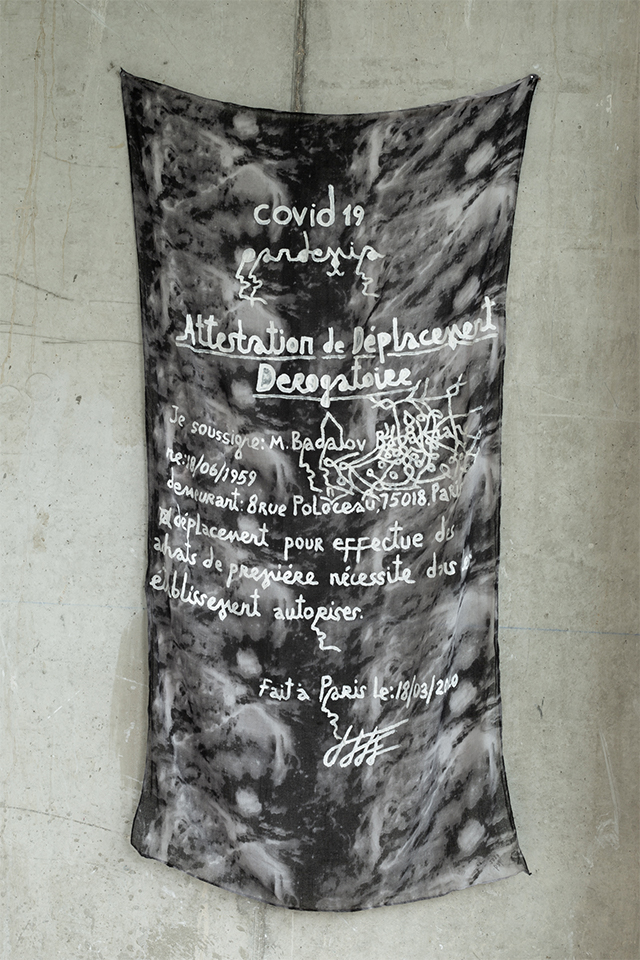
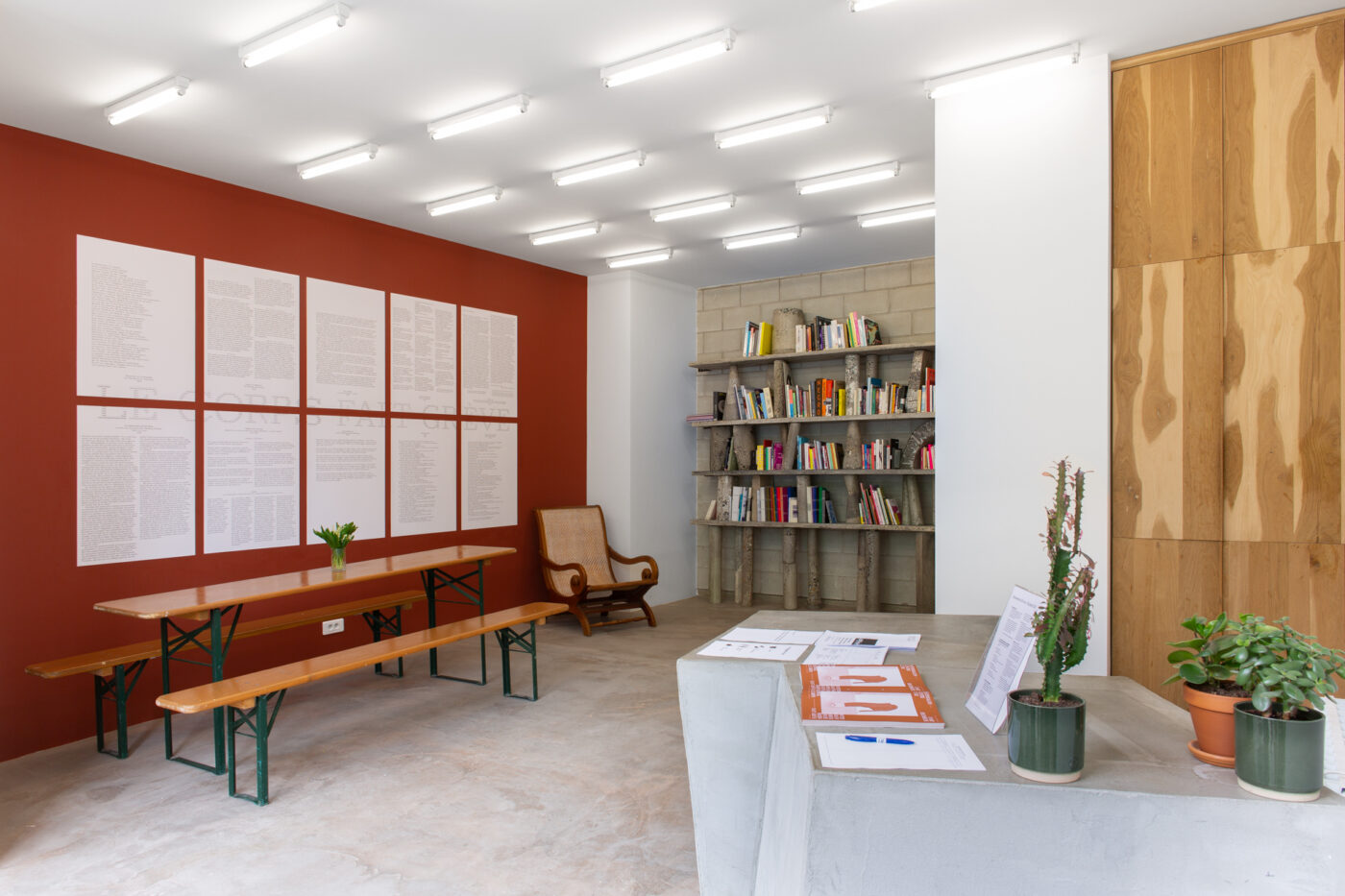
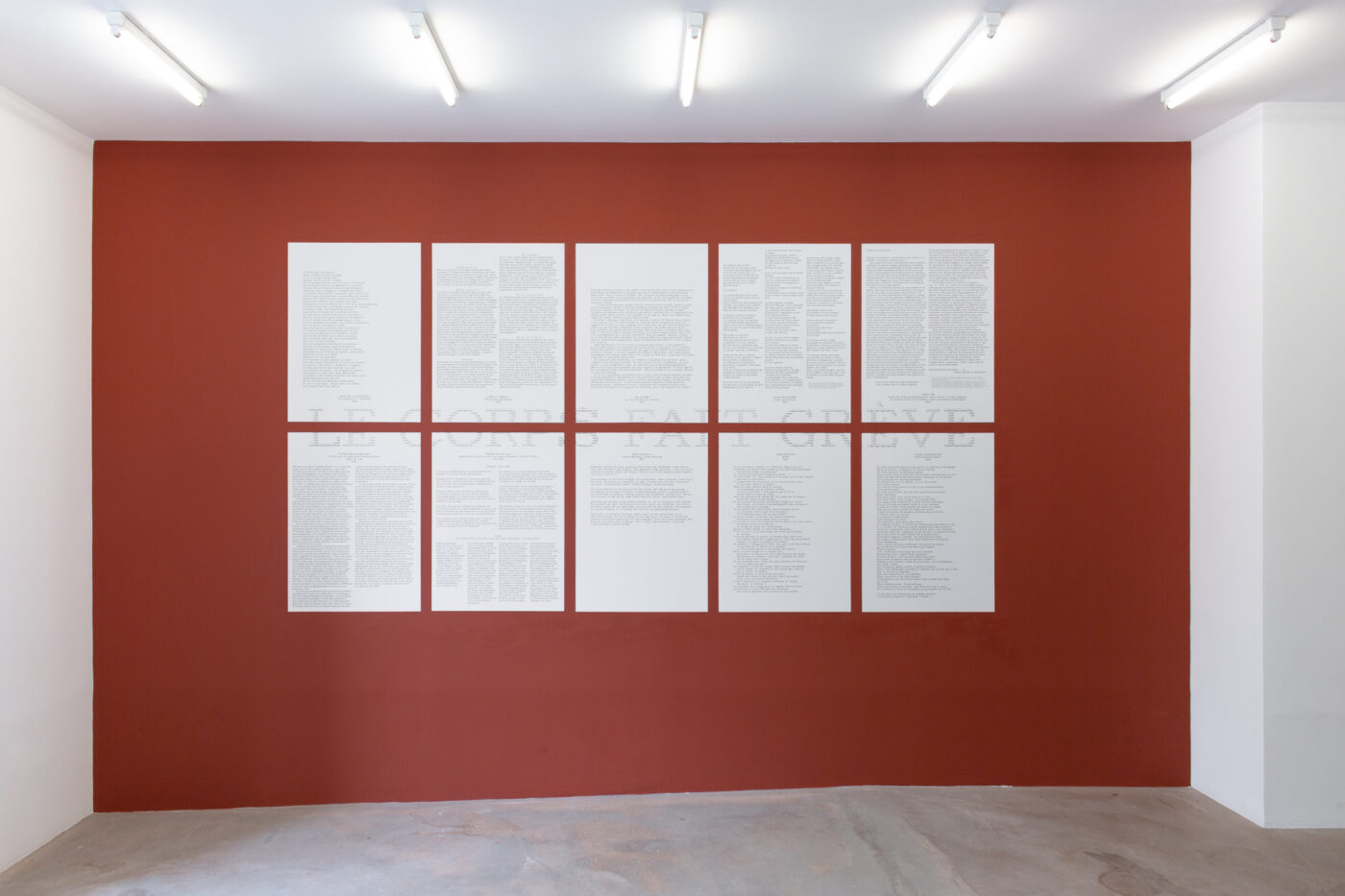
Des soleils encore verts An exhibition in movement with Léonore Camus-Govoroff, Louis Chaumier, Jérôme Girard, Ninon Hivert, Konstantinos Kyriakopoulos, Maïa Lacoustille, Lucille Leger, Masha Silchenko, Chloé Vanderstraeten
30 July — 1 August 2021
« Des soleils encore verts¹ » is an exhibition in movement imagined by the Champs magnétiques collective, with work by nine recent graduates of the École nationale supérieure des Beaux-Arts and the École nationale supérieure des Arts Décoratifs. The title of the project, taken from a poem by Andrée Chedid, can be translated as Suns Still Green — it implies hope and new possibilities. The participating artists are united by a shared interest in what could be, whether in our world or in another. The exhibition offers potential forms of resistance, new spiritual horizons and alternative futures.
The exhibition is designed to adapt, transform and produce new forms of interaction with art. It makes use of short openings in the programming of its host venues, taking place in several acts with each occupation conceived as a fragment of a whole, growing out from previous iterations and anticipating what is yet to come. The exhibition initiates its own cartography as it takes root across multiple territories, allowing itself to be shaped by each venue.
The project’s first cycle unfolds in four spaces: Mains d’Œuvres, an independent venue that supports artist projects and citizens’ initiatives; CAC Brétigny, Contemporary Art Center of National Interest, whose structure, marked by the theories of popular education and co-creation, functions as a collective space, each participating actively in the construction and identity of the project; Bétonsalon, a centre for contemporary art and research whose collaborative approach invites the questioning of notions of hospitality and the commons; and finally DOC!, a space run by and for artists offering residence programmes and exhibitions. Settling in other institutions and artistic organisations remains a possibility for the future, the project potentially migrating indefinitely.
“Des soleils encore verts” questions our relationship to common spaces and refuges. These spaces can be places of comfort, of reconciliation with oneself and others, but also reminders of loss. Within these areas emerge endless possibilities of reinvention. The artists exhibiting at Bétonsalon offer temporary respite and spaces of hospitality. Masha Silchenkoand Léonore Camus-Govoroff reflect on the private and the domestic spheres, giving these environments a collective dimension of a safe space. Lucille Leger also uses these notions, qualifying her hybrid sculptures as living organisms that interact between interior and exterior spaces. Addressing the outdated compartmentalization of art, design and everyday objects, her works take the form of biomorphic furniture, disrupting our notion of the inanimate. Chloé Vanderstraeten dreams up cities in her technical drawings, developing imaginary architectures in which human activities occur, like “building”, “dreaming”, “playing” or “cultivating”. Such actions also materialize in the work of Ninon Hivert, who collects traces of human movement so as to display them in the exhibition space. A keen observer of everyday life, she uses ceramics to create clothing-sculptures from a photographic repertoire of found objects. She thus expresses the presence of bodies and past movements, fixed in time. In Konstantinos Kyriakopoulos’ work, the bed, a starting point for reflecting upon the common, can be transformed into a shelter, a bus stop or even a game table. Using it as a base, he creates structures which are made to host the work of another artist. The process is a moment of collaboration, a means of coexisting. For Louis Chaumier, what appears to be furniture is actually useless, their forms rather calling upon the need to reconfigure spaces for living together. As Jacques Derrida maintains in De l’hospitalité, the notion of hospitality presupposes a questioning of the frontier “between the familial and the non-familial, between the foreign and the nonforeign, the citizen and the non-citizen, but first of all between the private and the public²“. These shelters, where one may take cover, allow us to slow down and welcome others.
This first cycle of exhibitions develops upon fertile ground upon which emerge artistic, curatorial and editorial practices in perpetual evolution. Champs magnétiques seeks the possibility of being together, creating together. With vagrancy at the root of its project, Champs magnétiques has no set course, preferring impulse and disorientation.
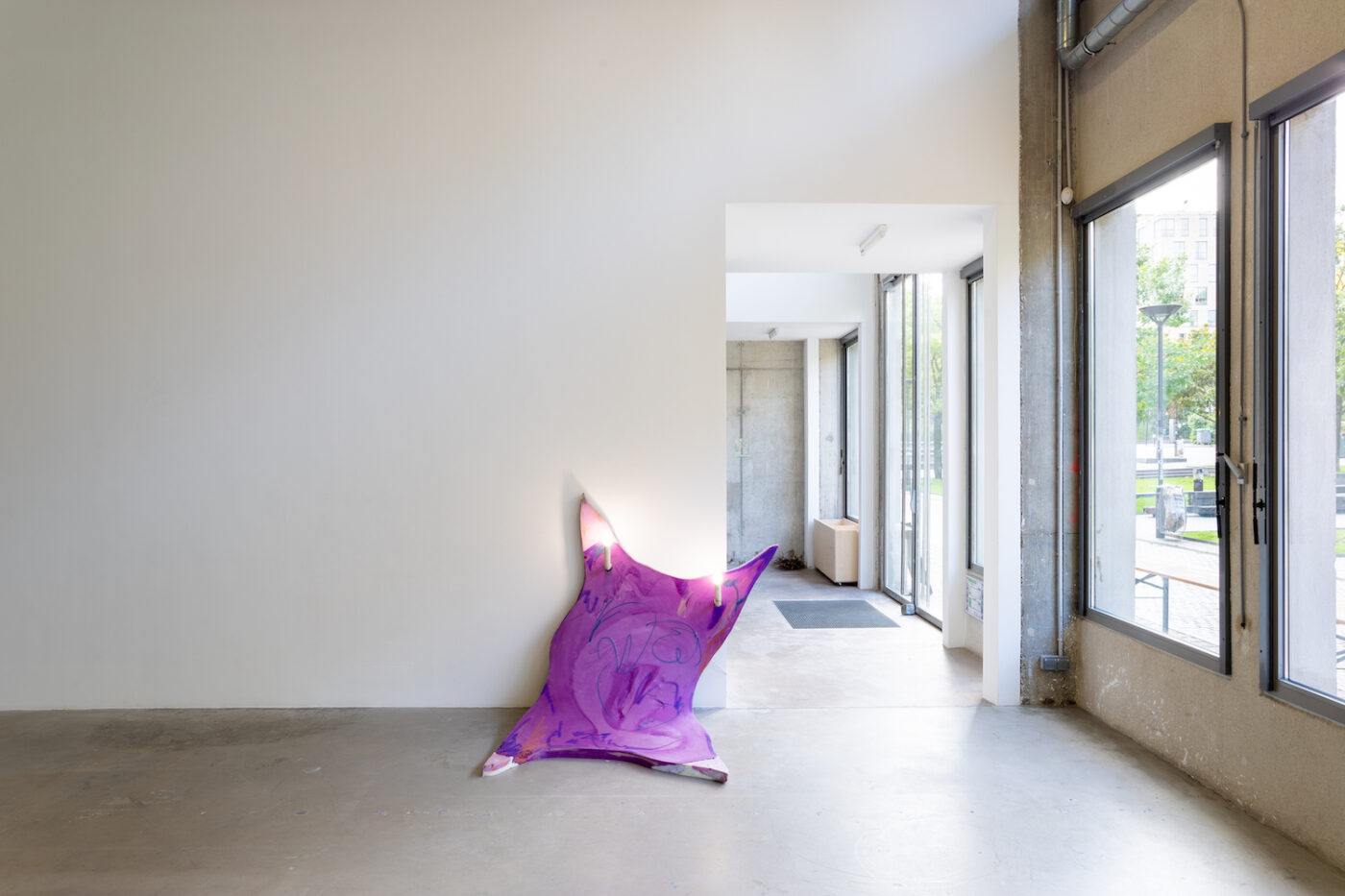
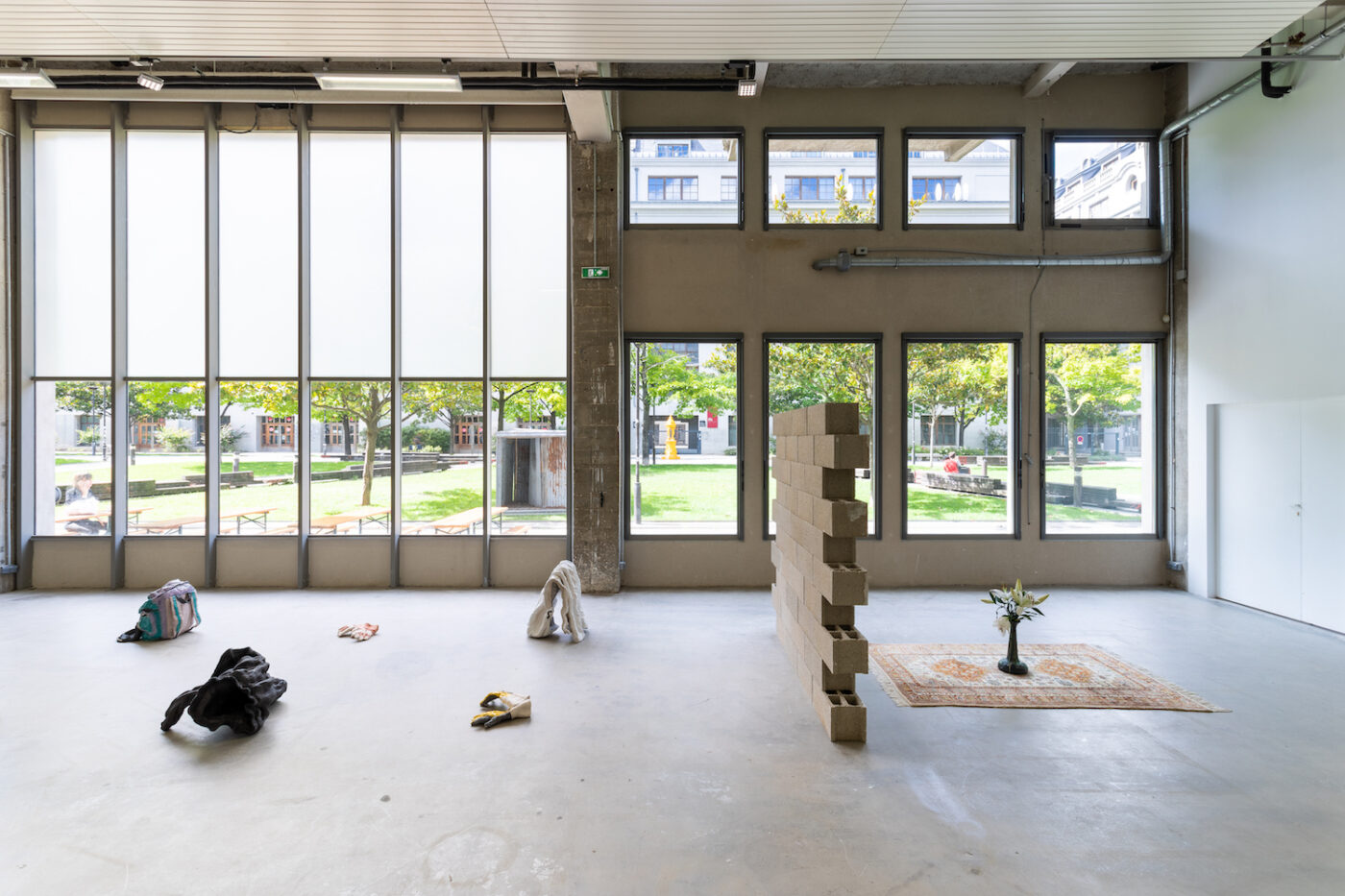
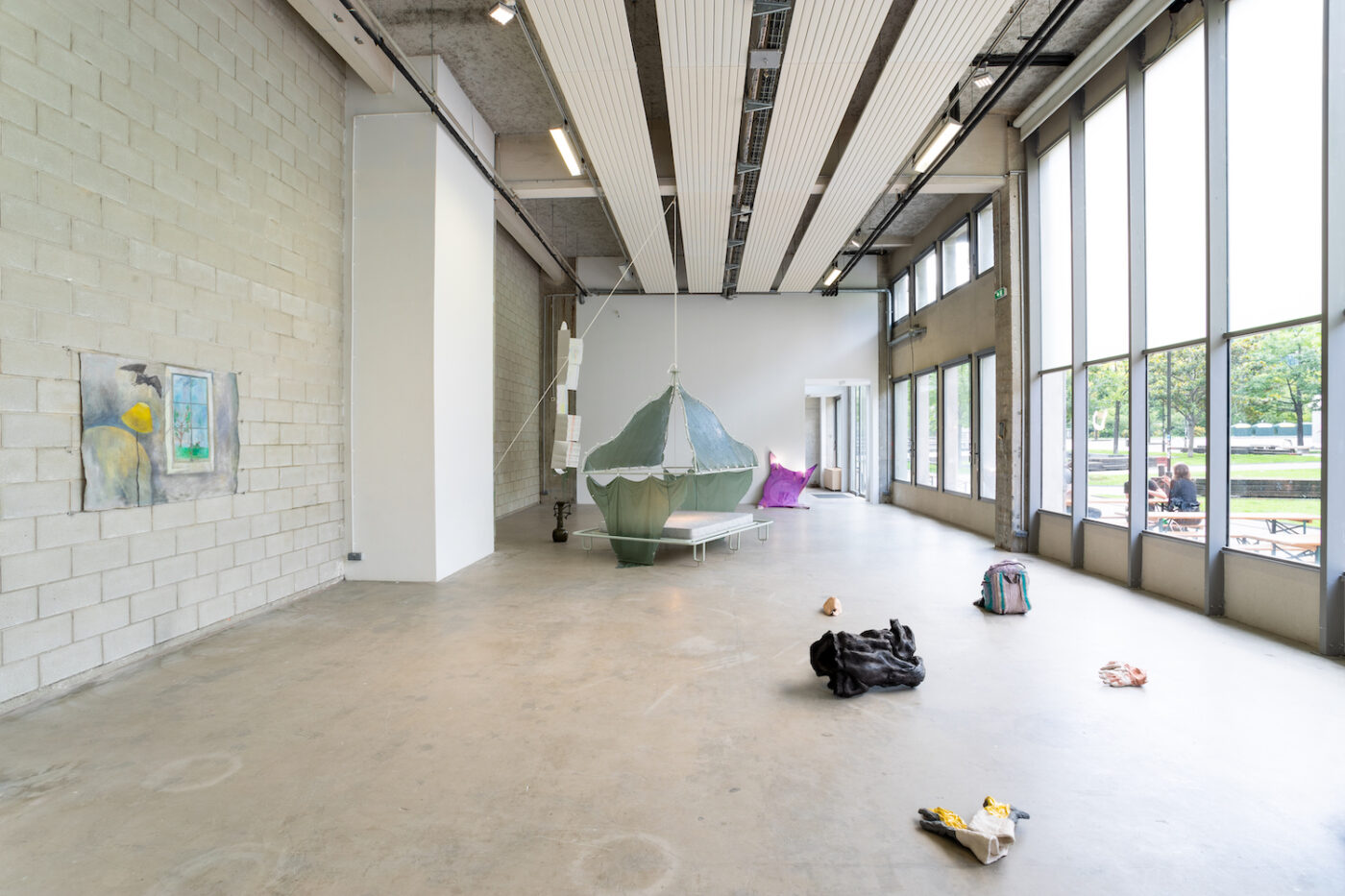
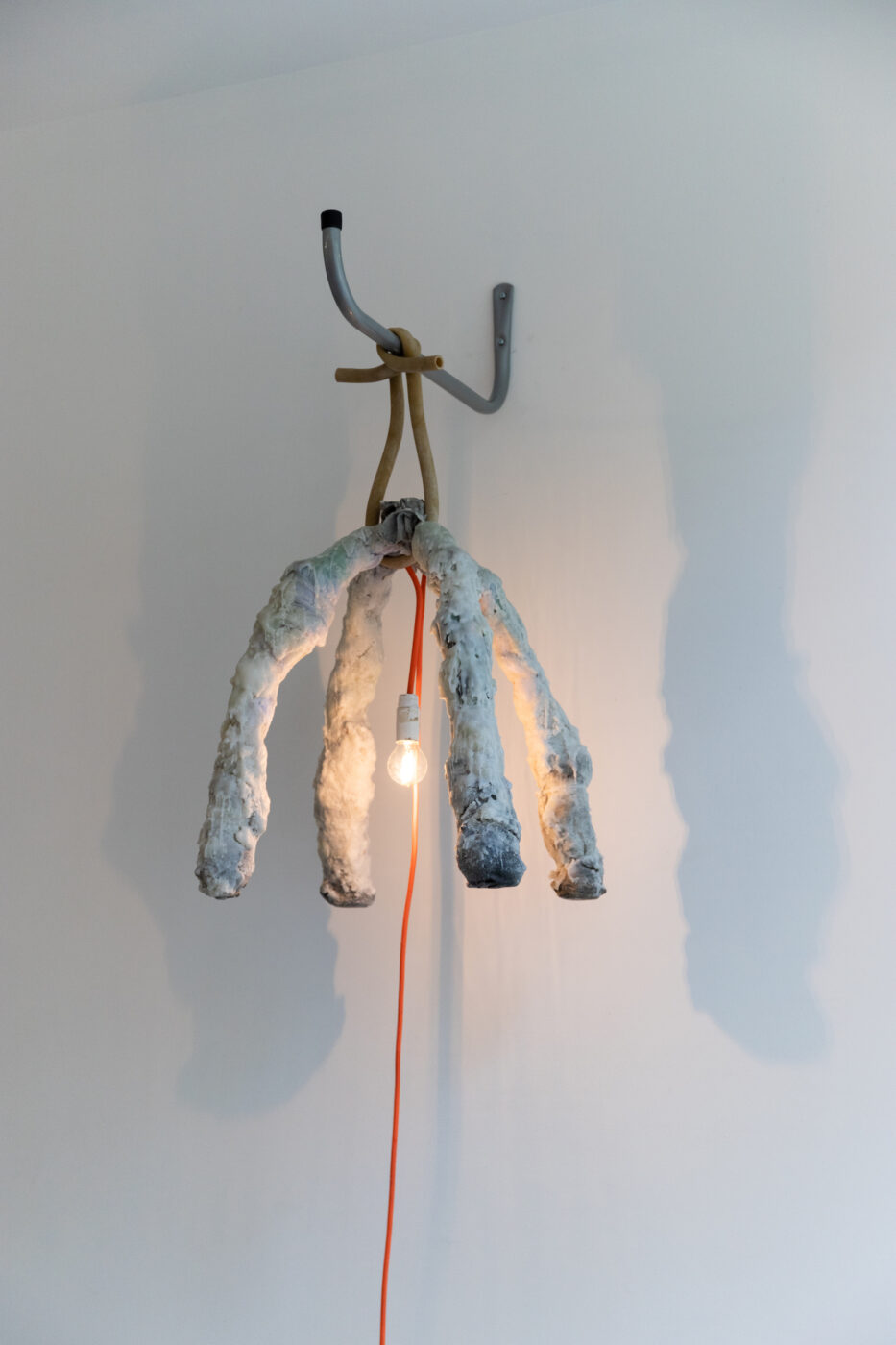
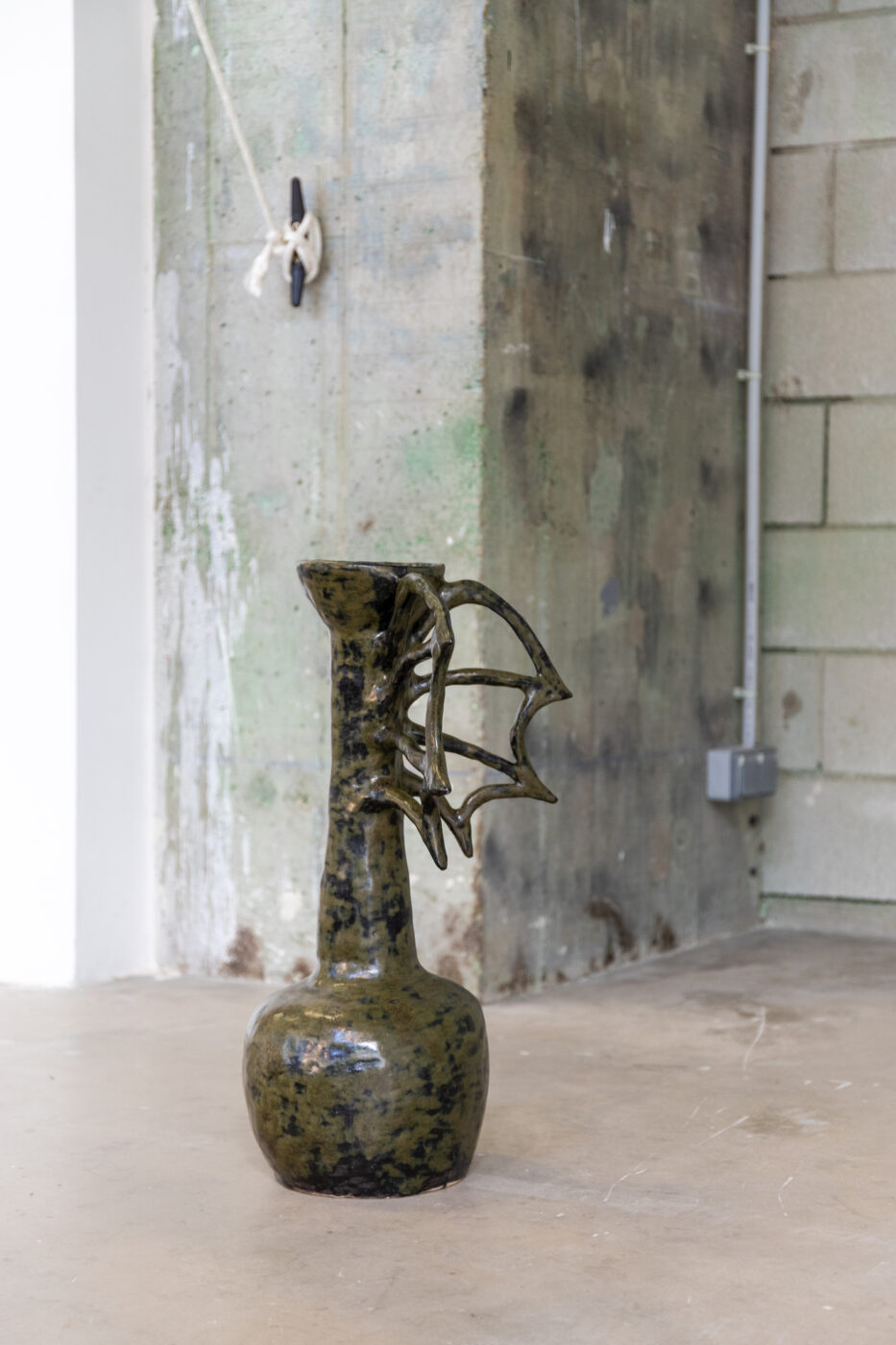
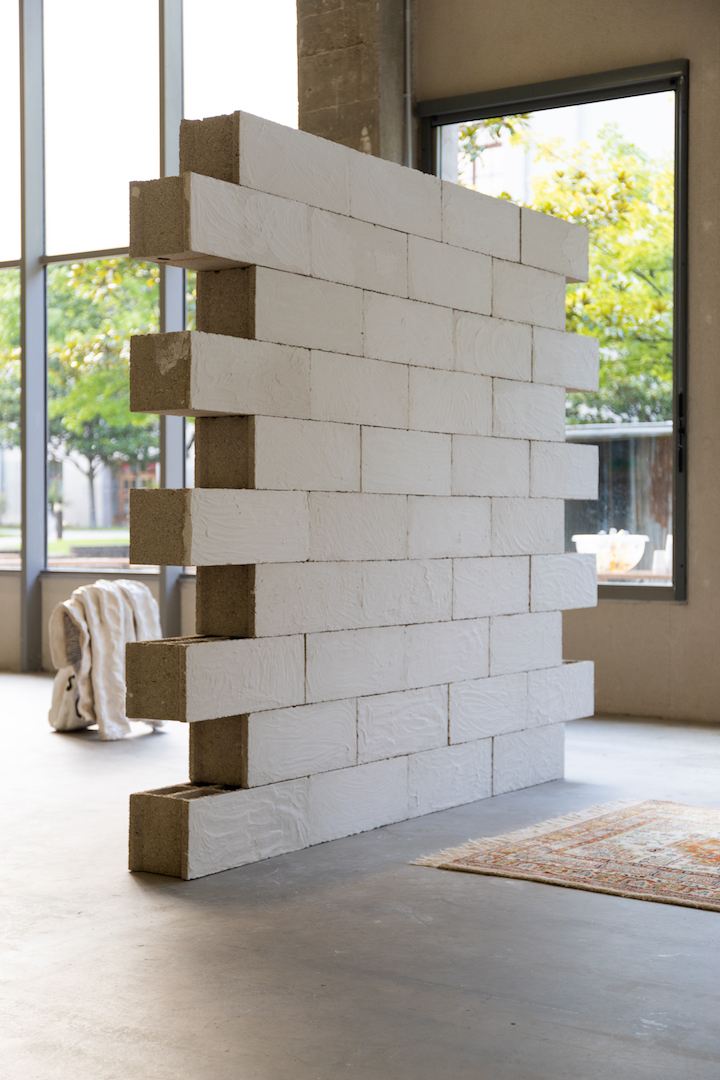
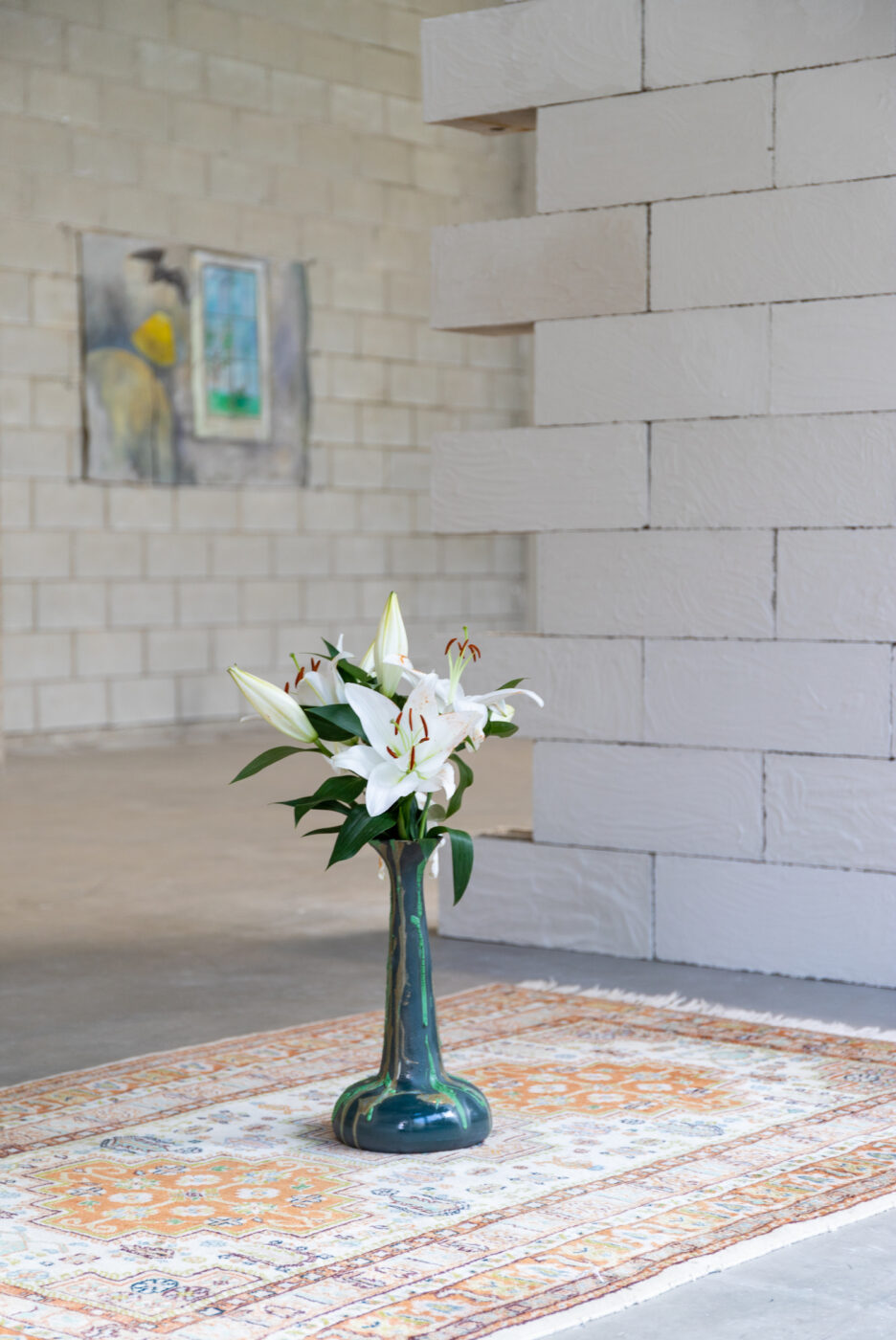
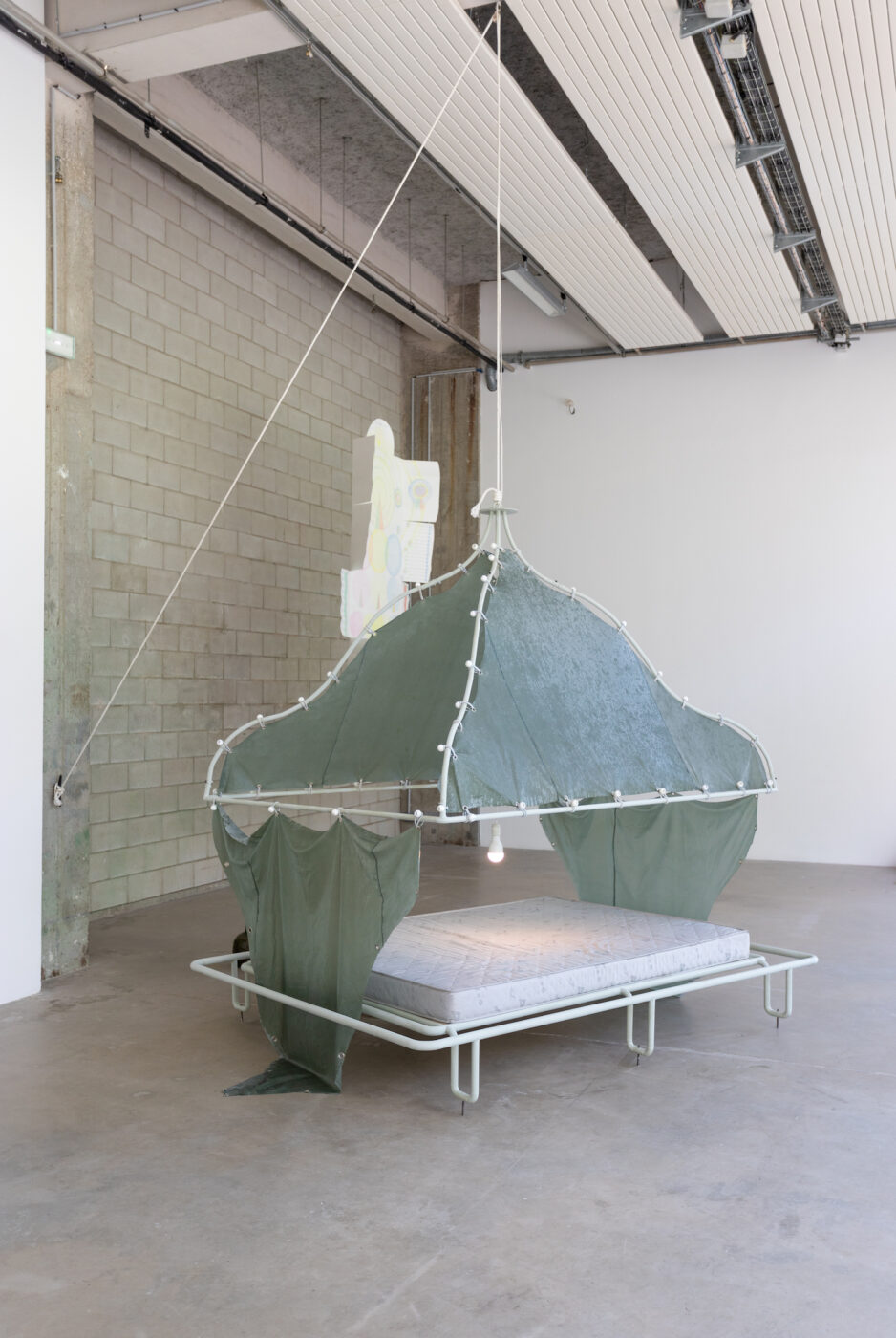
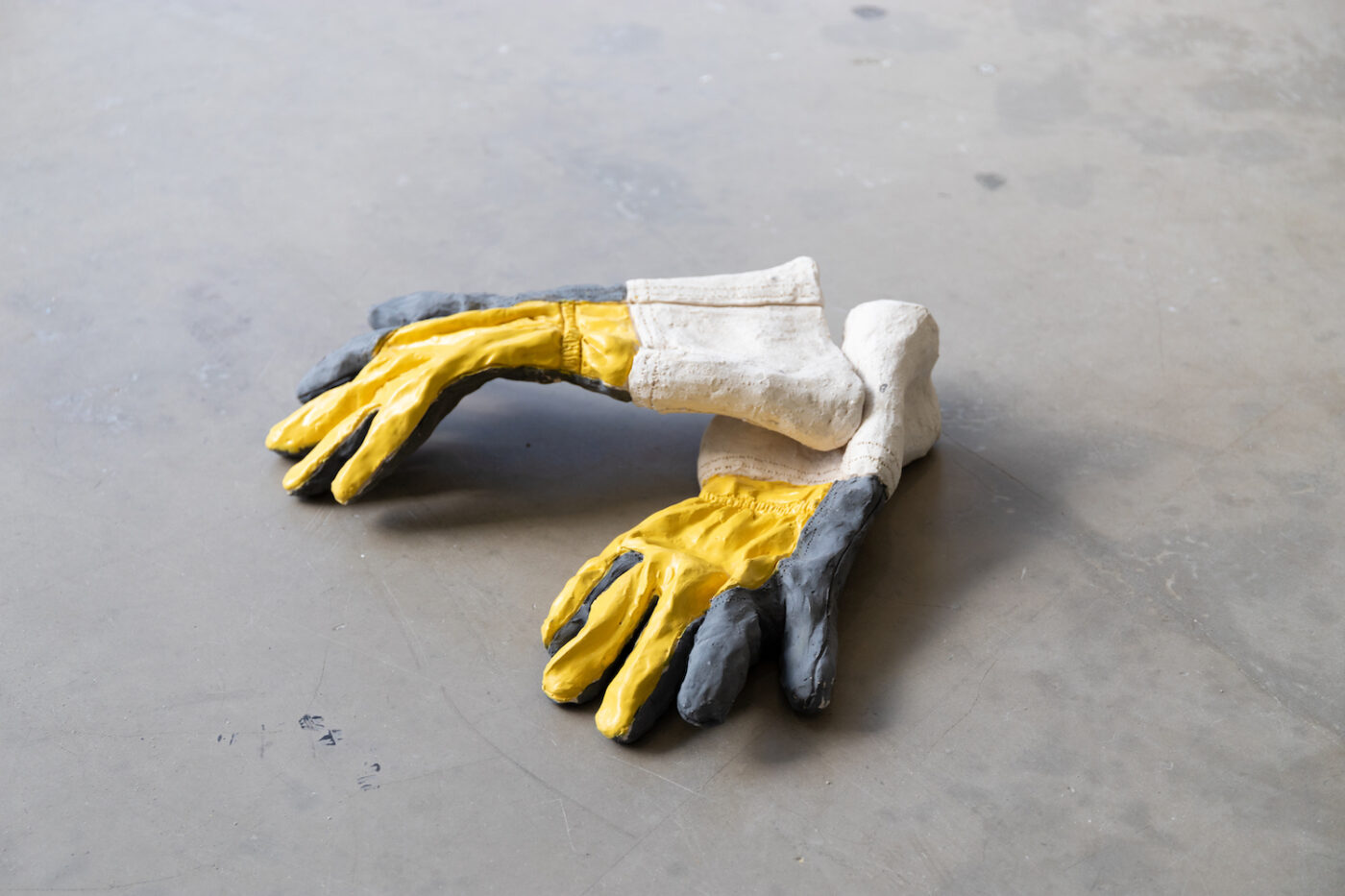
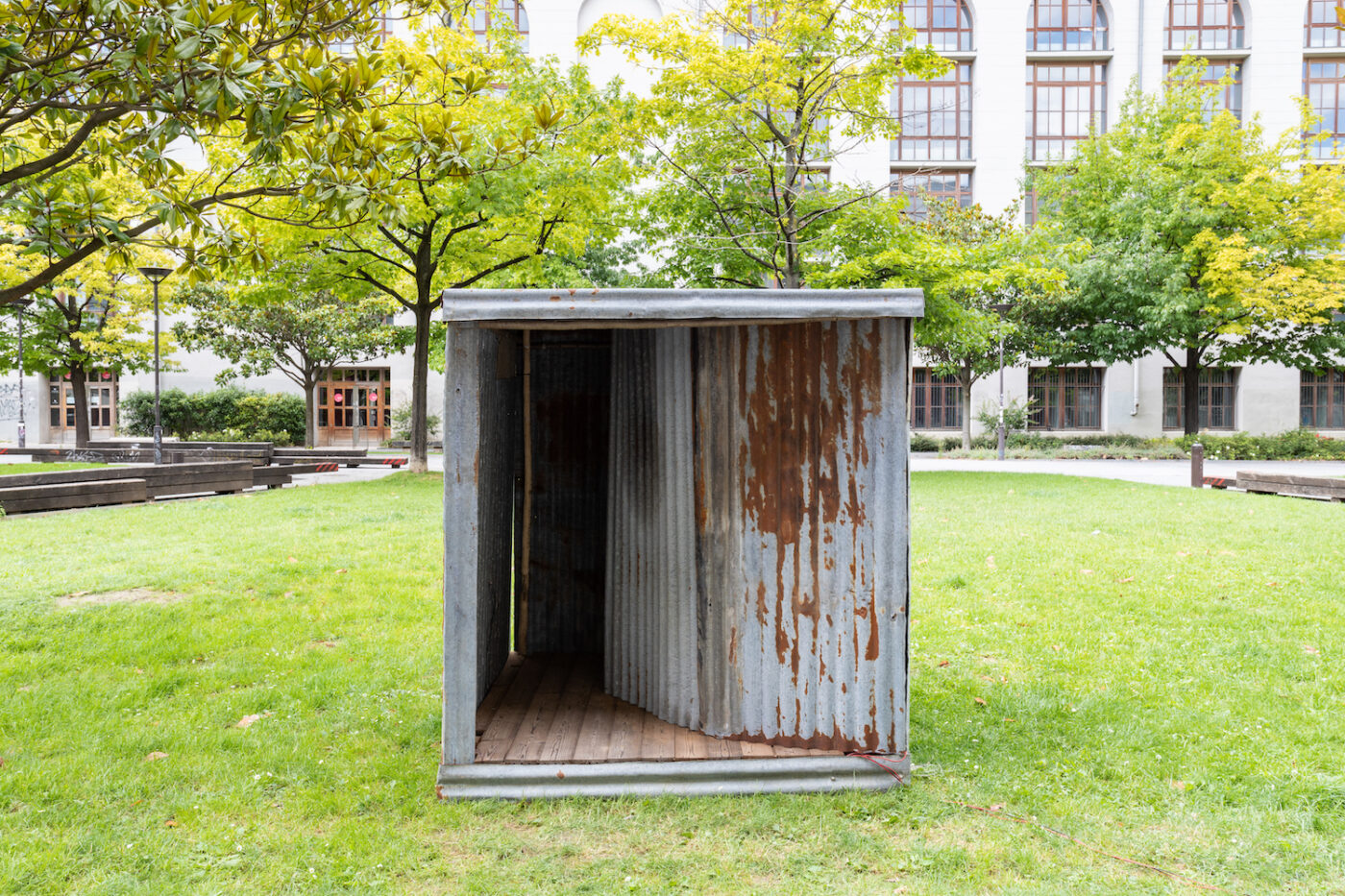
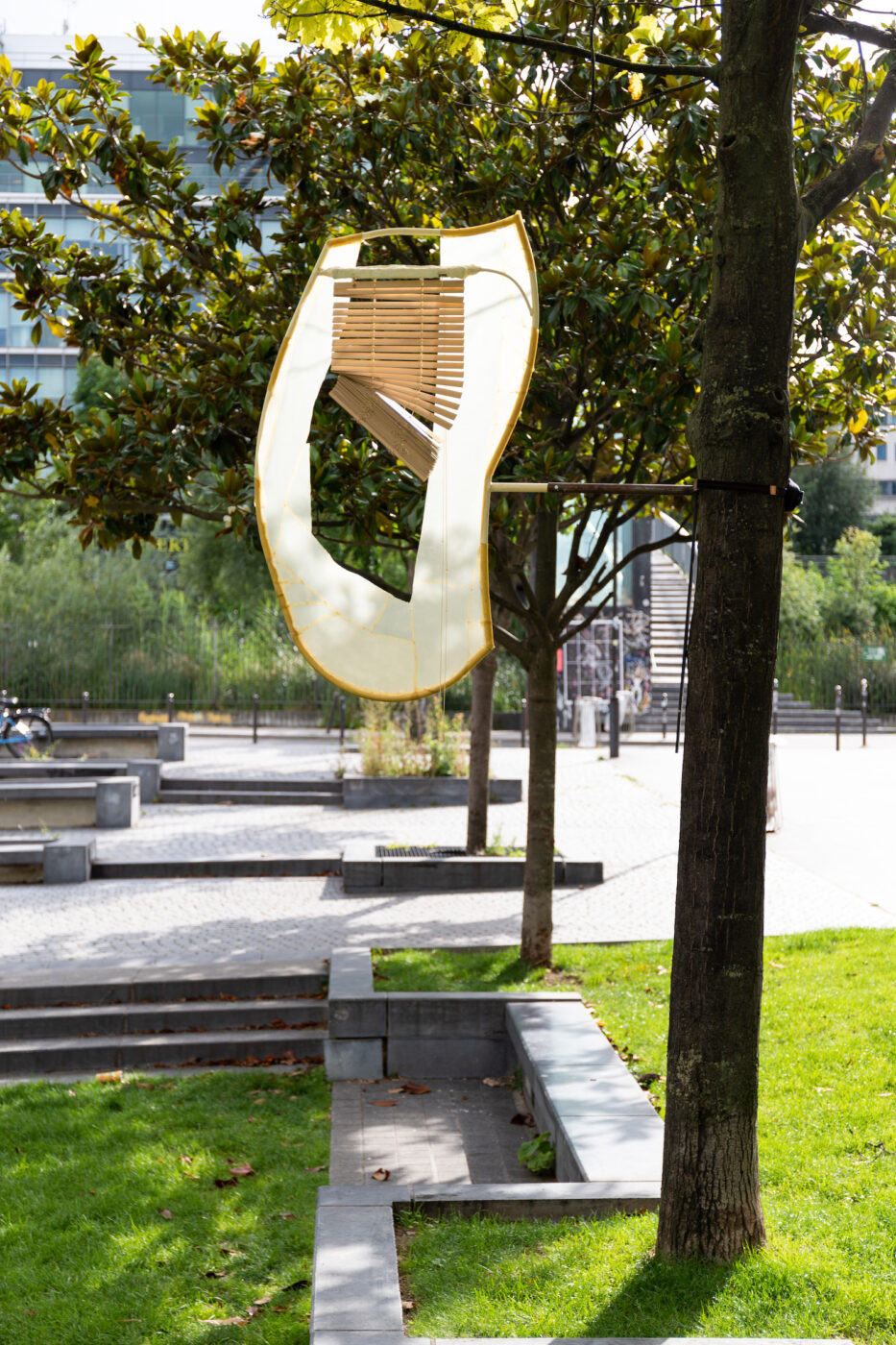
The Fold of the Cosmic Belly Jagna Ciuchta with Aïcha and Sheila Atala, Miriam Cahn, Patty Chang, Arnaud Cousin, Chloé Dugit-Gros, Allal El Karmoudi, Fadma El Karmoudi, Karima El Karmoudi, Nan Goldin, Nancy Holt, Marta Huba, Suzanne Husky, Graciela Iturbide, Janka Patocka, Samir Ramdani, Martha Salimbeni, Alina Szapocznikow, Dorothea Tanning, Eden Tinto Collins, T. Venkanna.
17 September — 27 November 2021
“As is often the case, for my titles I chose a register similar to that of B movies, somewhat excessive, inexpensive and accessible to everyone. What I like in B series films, is that no one takes themselves too seriously in them, they are more about unabashed enjoyment than ambition, but they also deal with political subjects. And then the ideas this title evokes are not new (or not all of them) in my exhibitions. They resonate within all the other invited works. The belly is an energy centre and an intersection of desires, sexuality, breath, digestion, all kinds of pleasures, maternity, emotions and billions of bacteria. It is a cave with its own ecosystem and art history, a living container, a cosmos in its own right, a site of transformation. I like the idea that the exhibition is a belly. There are folds, places where identities overlap, improbable contiguities, secrets, passages that open onto other dimensions. The cosmic reinforces our link to the Earth and to everything beyond us. But it also thrusts this title (and the exhibition) into a fantastical fiction, which I hope, makes us smile.”¹
Since 2011, through invitations to other artists to participate in her own practice, Jagna Ciuchta’s work has developed and increased in complexity. Her scalable practice, presented as group exhibitions, is a vector for affective and aesthetic relationships that are indissociable from the economic and institutional aspects of her practice, as well as its relationship to its milieu. Driven by a desire for real, symbolic and aesthetic autonomy vis-à-vis the institutional framework, Jagna Ciuchta defines her own monstration and documentation tools. Her works stage the confusion between real and fantasised registers, internal and external spaces, the self and others in a radical form of hospitality. Using the motif of incorporating works that she immerses in her scenographies or photographs, Jagna Ciuchta dons the invisible role of the curator—she speaks of “naive curating”—playing with the fringes of the institutions where her work is displayed. Her hospitality, marked by a certain eroticism, in the sense of a desire for contact, envelopment, or even absorption, leads to a sort of self-effacement, a continual shift and unstable forms. Jagna Ciuchta’s mechanisms are constantly evolving; she continually reorganises the display transforming her scenography, imbued with its own rhythm, from the opening right until the end of the exhibition. From another perspective revealed by the strong visual presence of the scenography, the invited artists are also contained within her, assimilated, or even digested by her composition. The artist’s omnipotence thus emerges, her arbitrary and emotional choices, her ability to create other value systems, to do things differently to a curator, while remaining fully aware of the risk of reciprocal cannibalisation inherent to the act of welcoming or desiring the other. Jagna Ciuchta’s oeuvre is located in the tension between these two extremes.
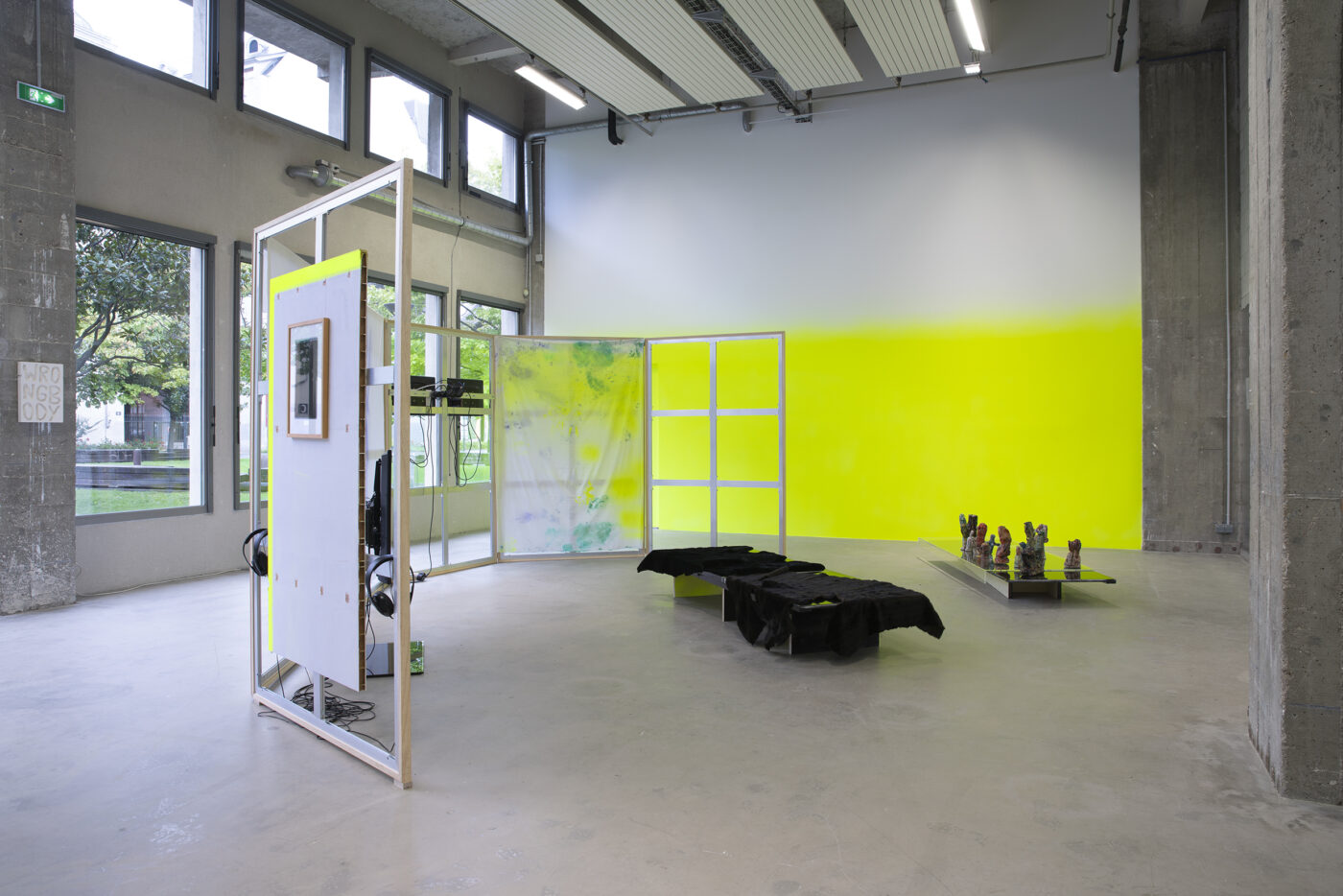
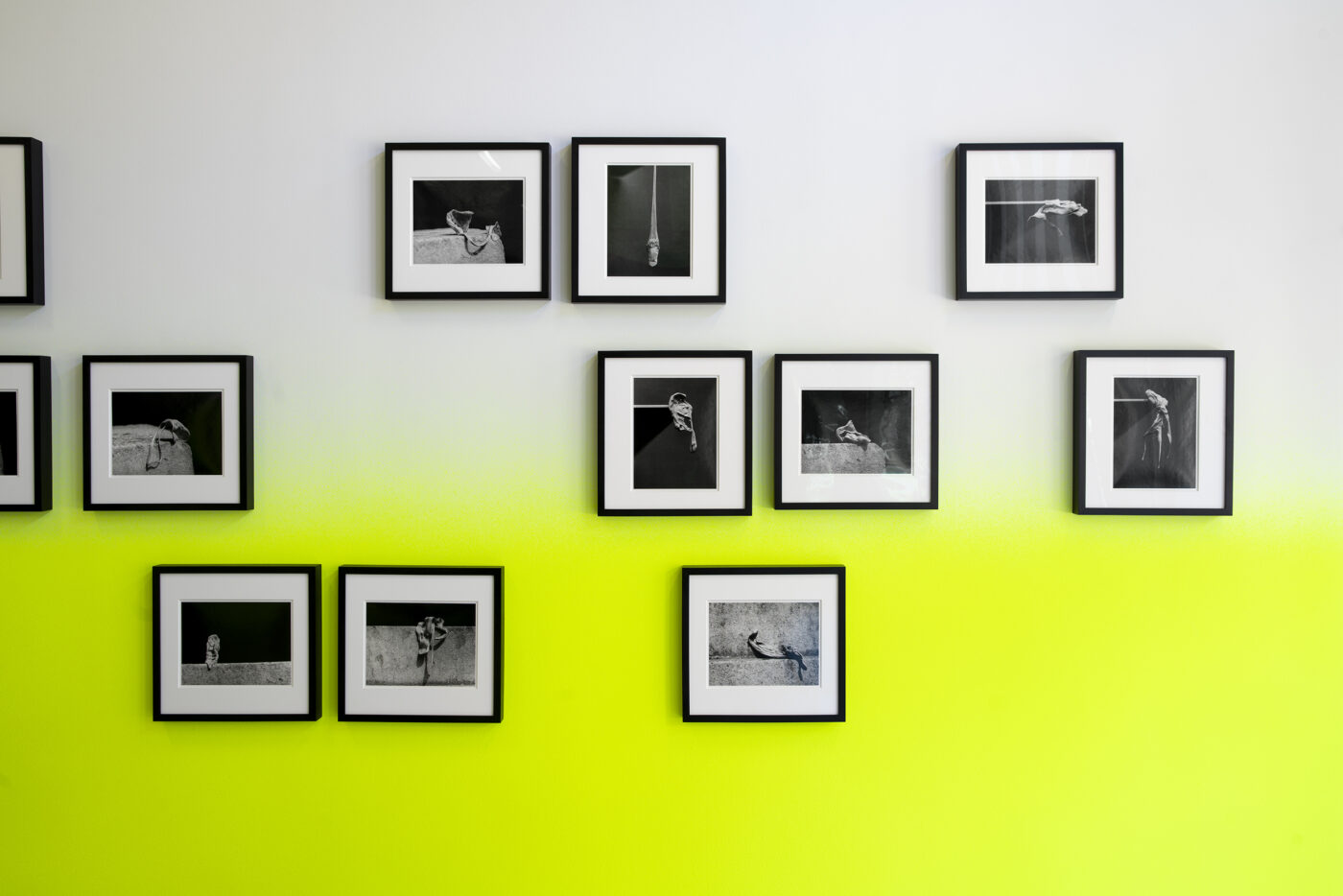
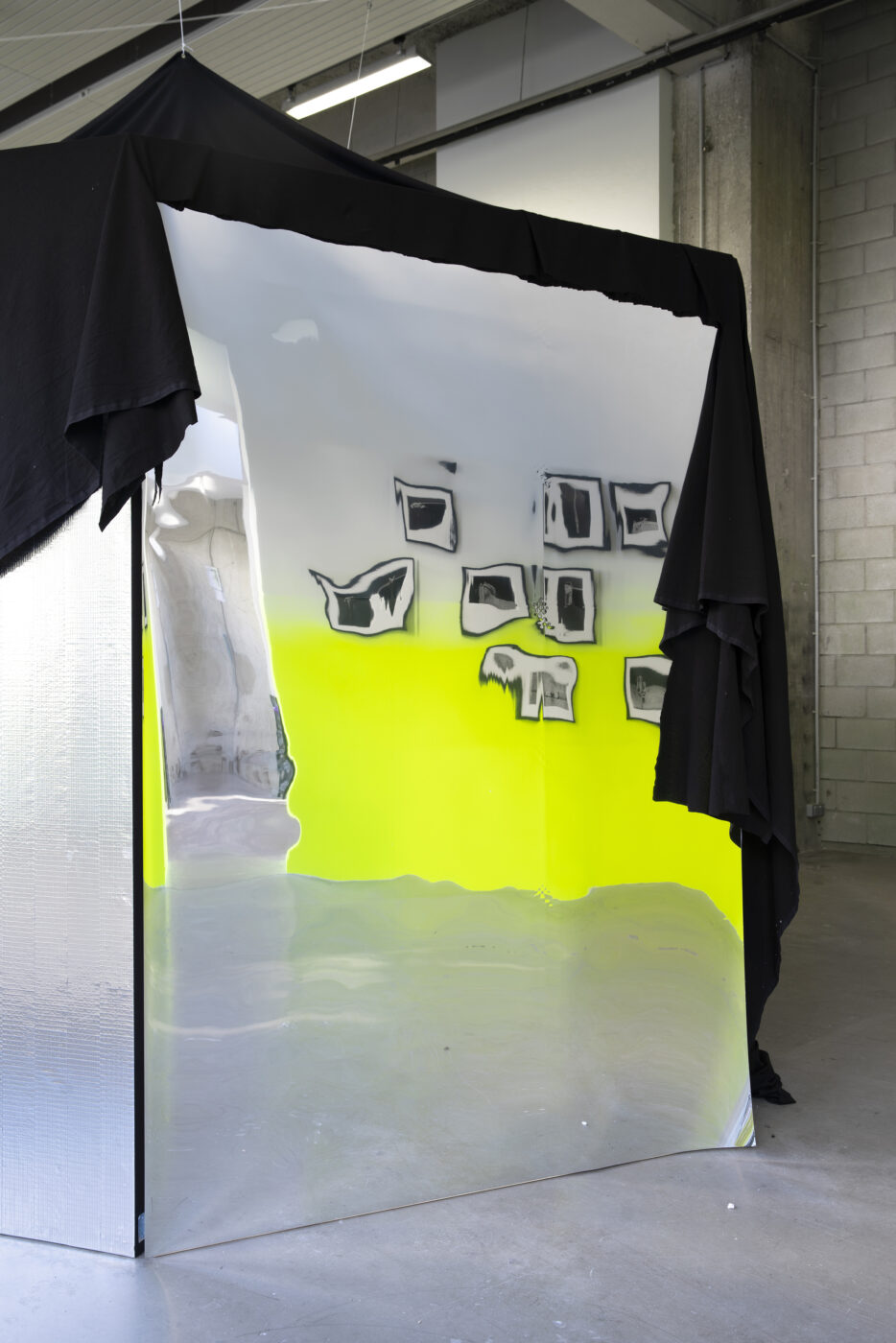
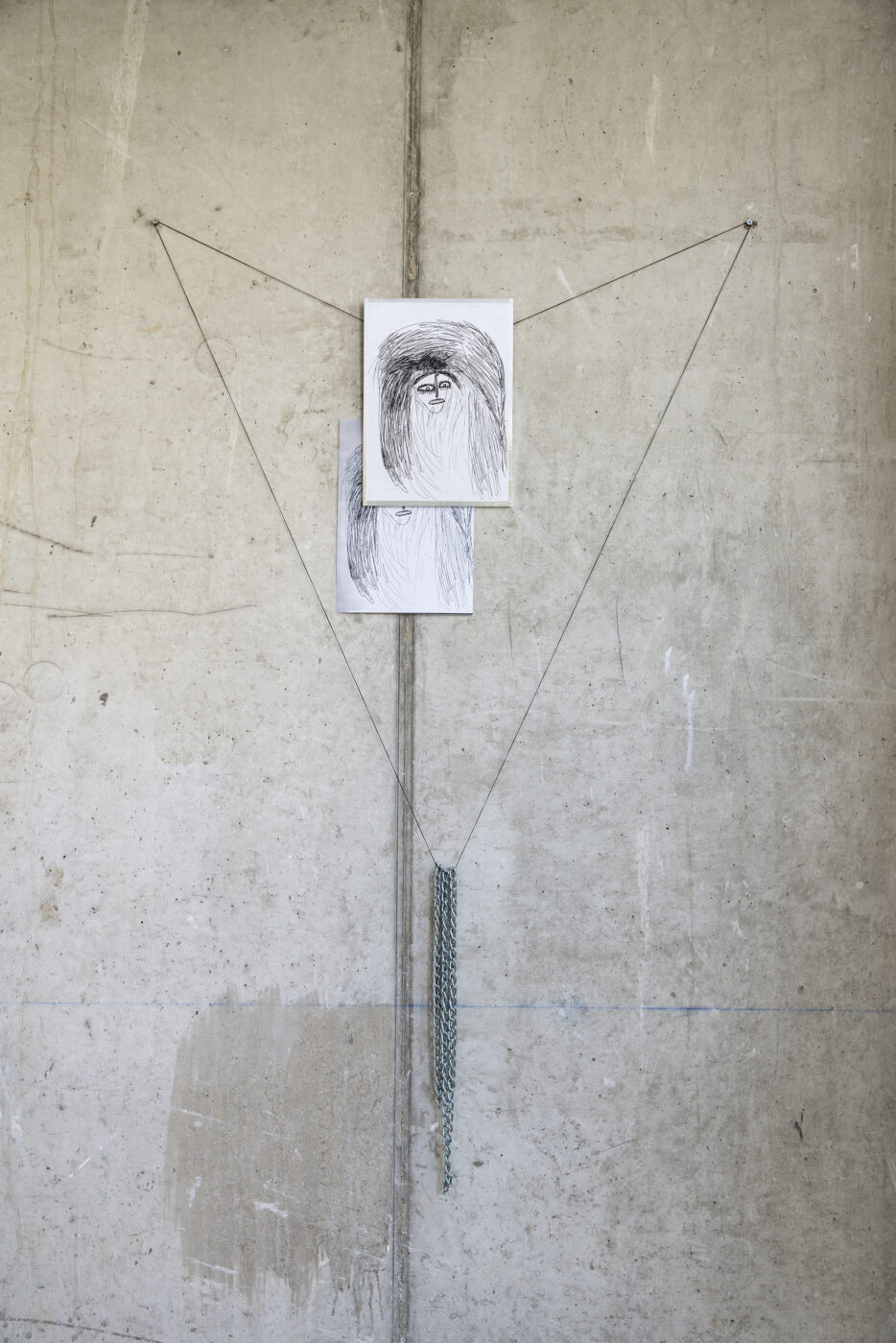
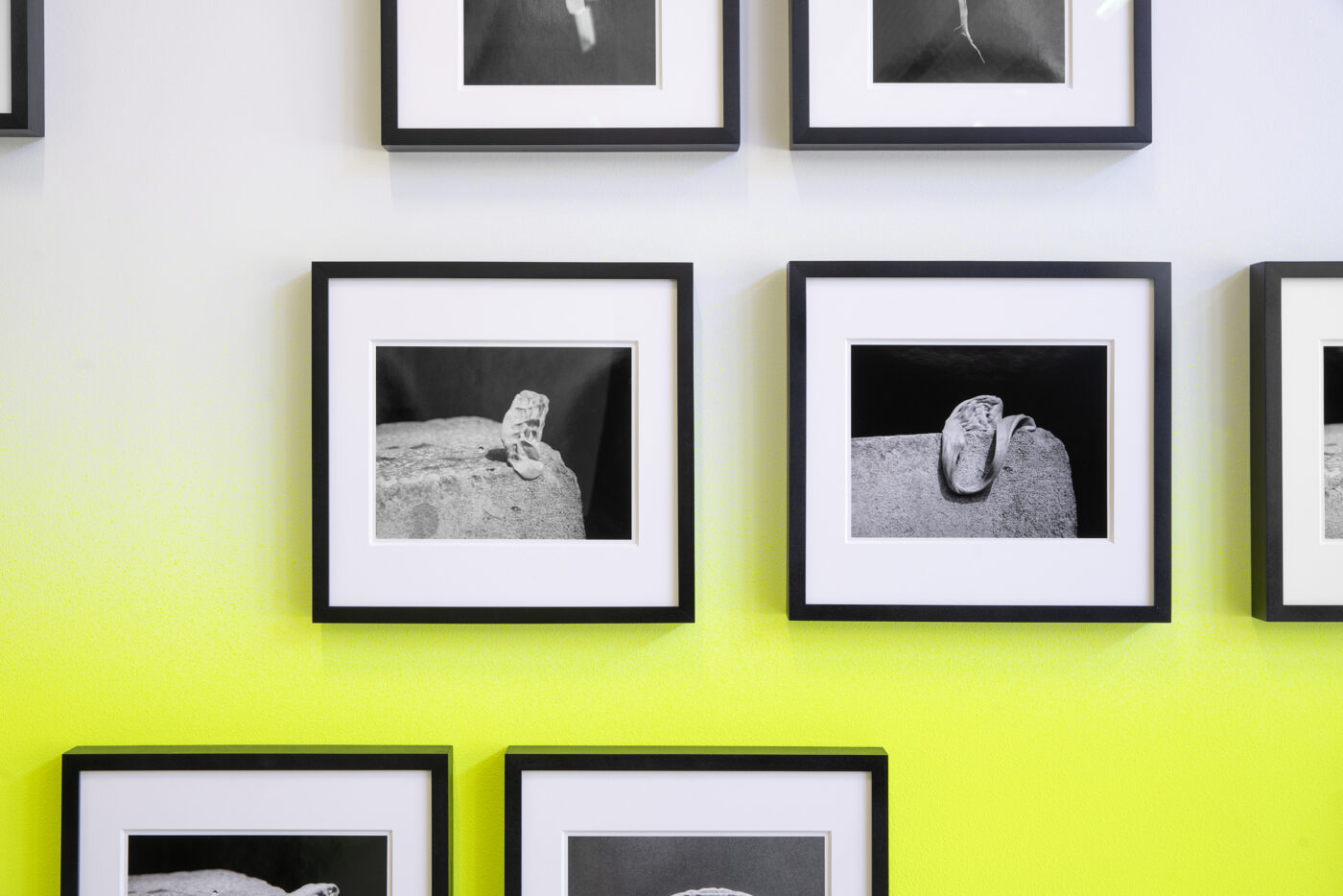
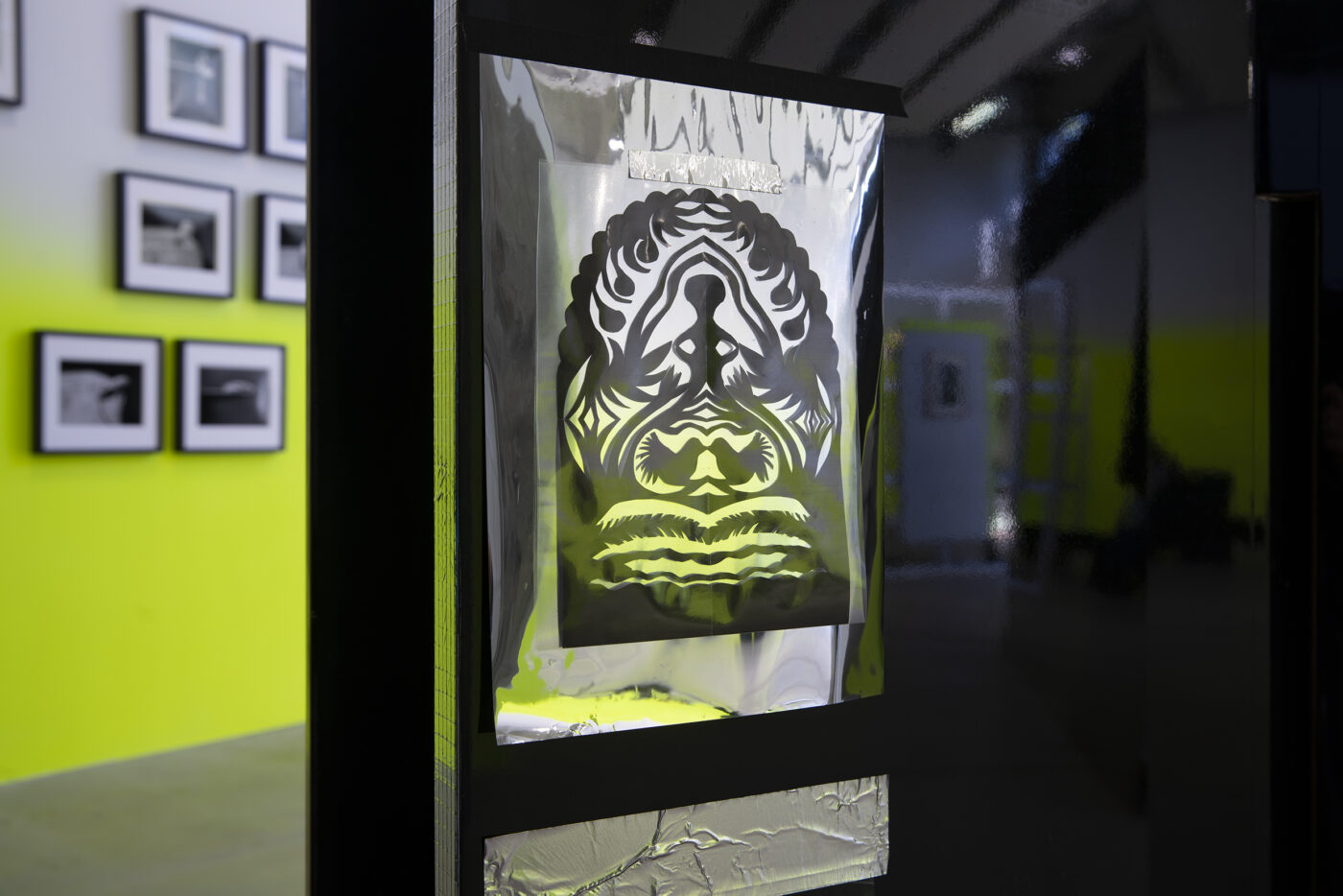
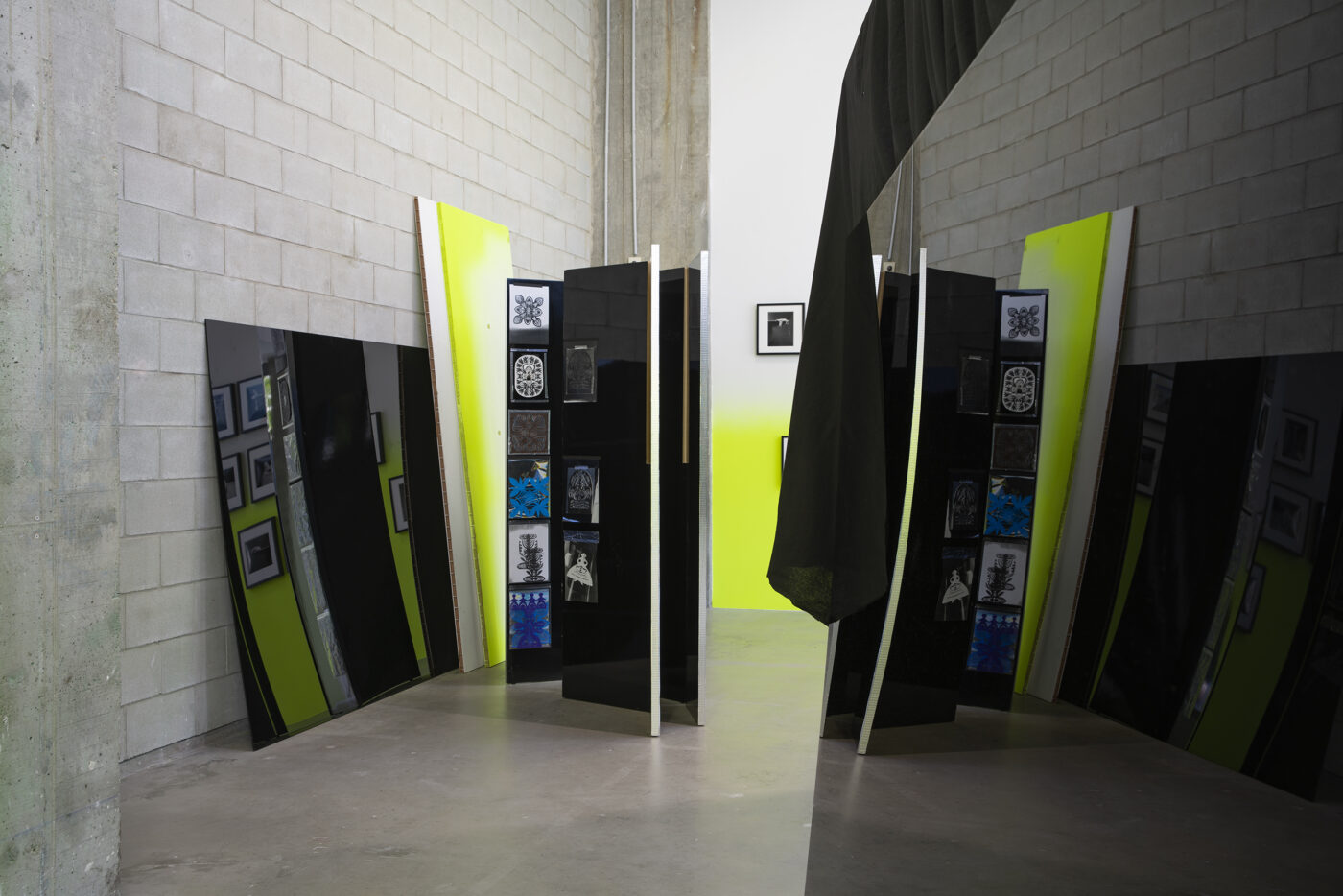
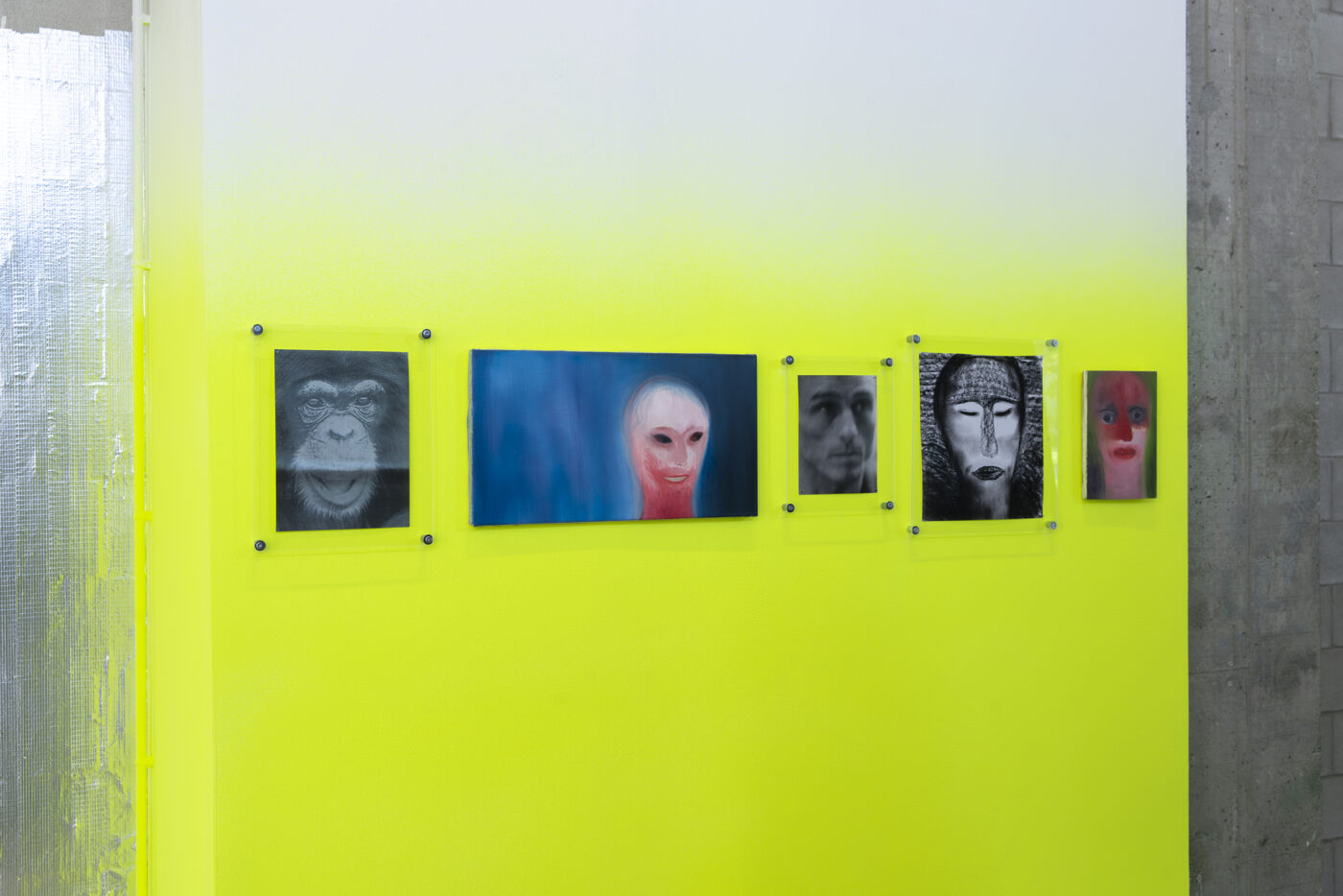
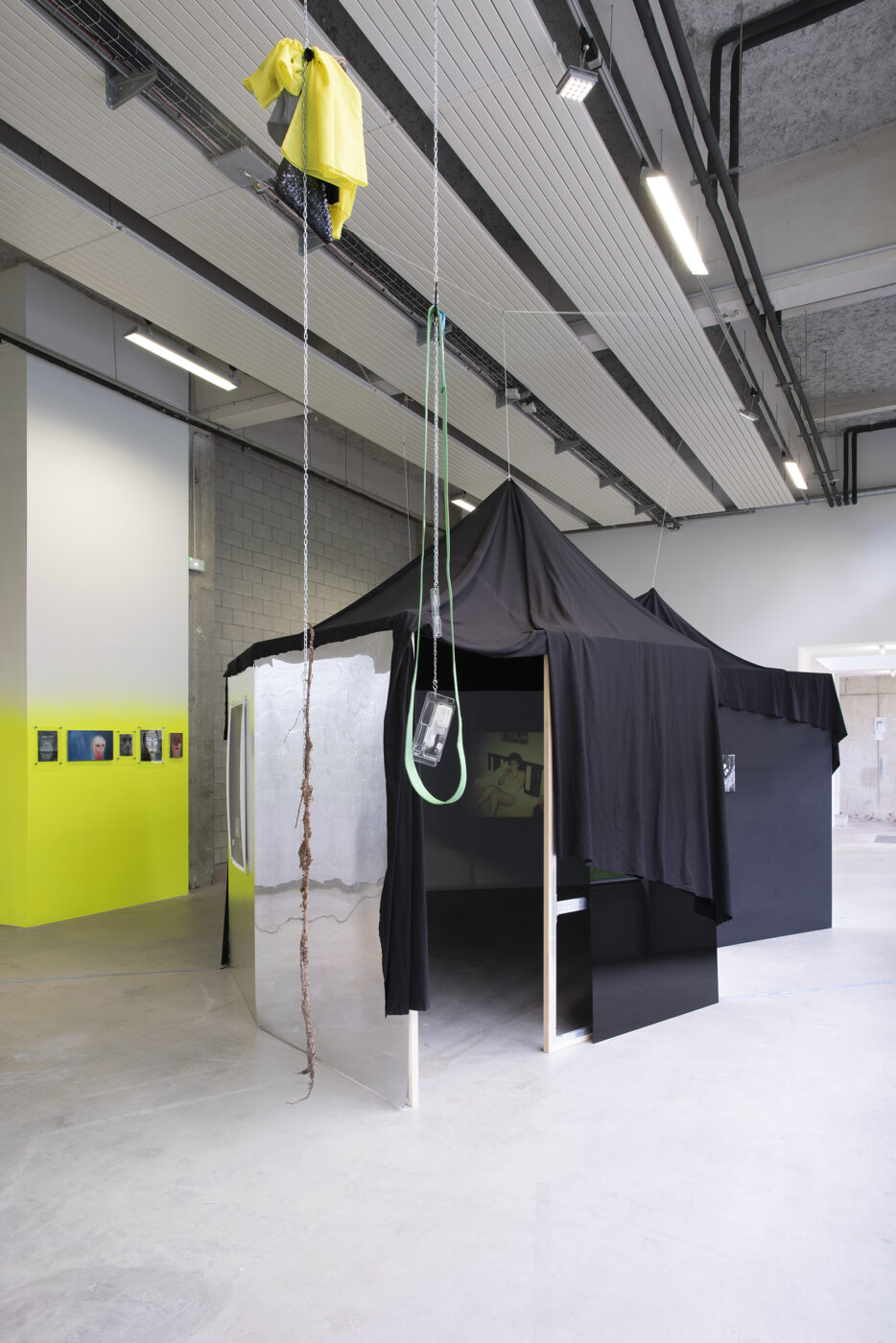
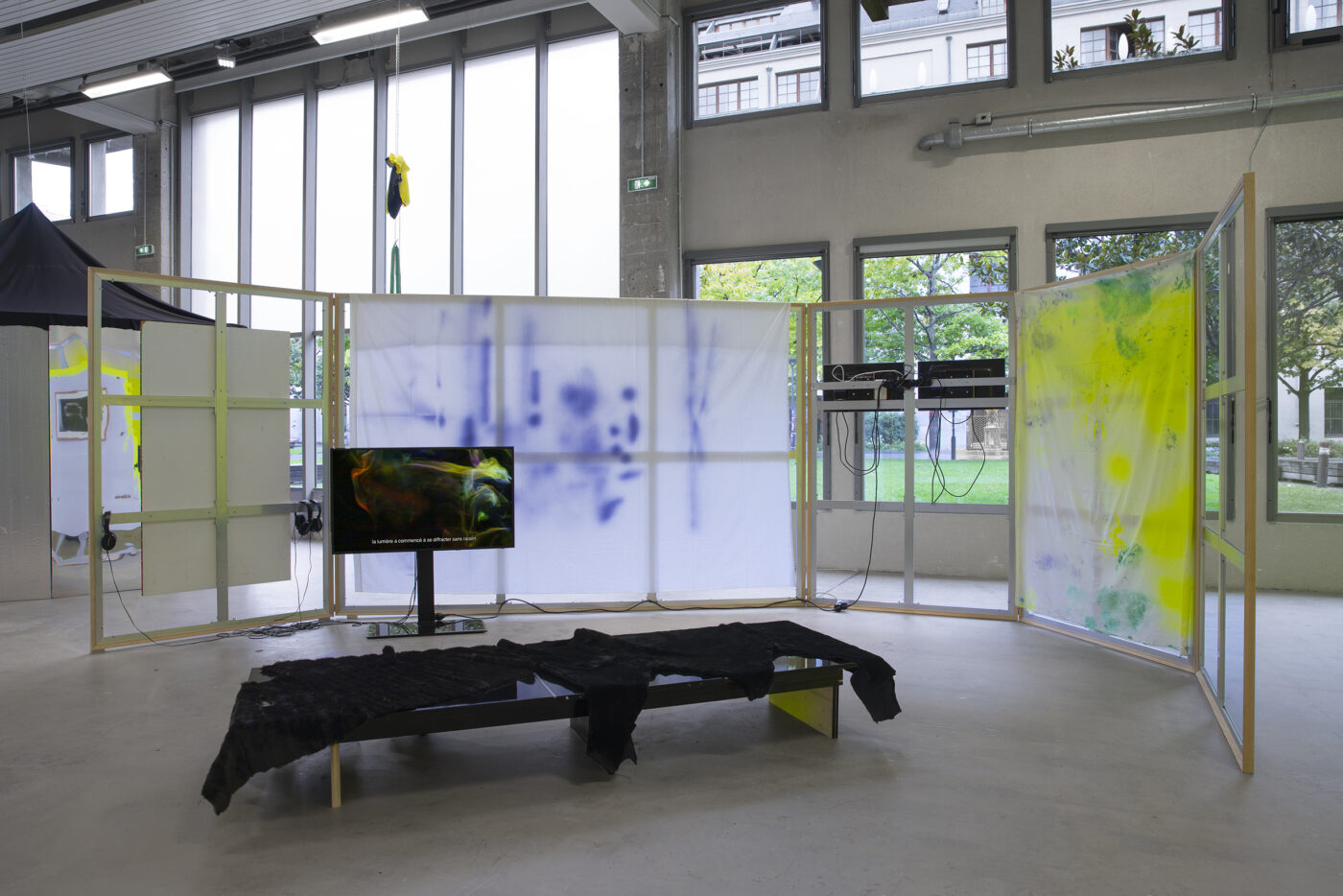
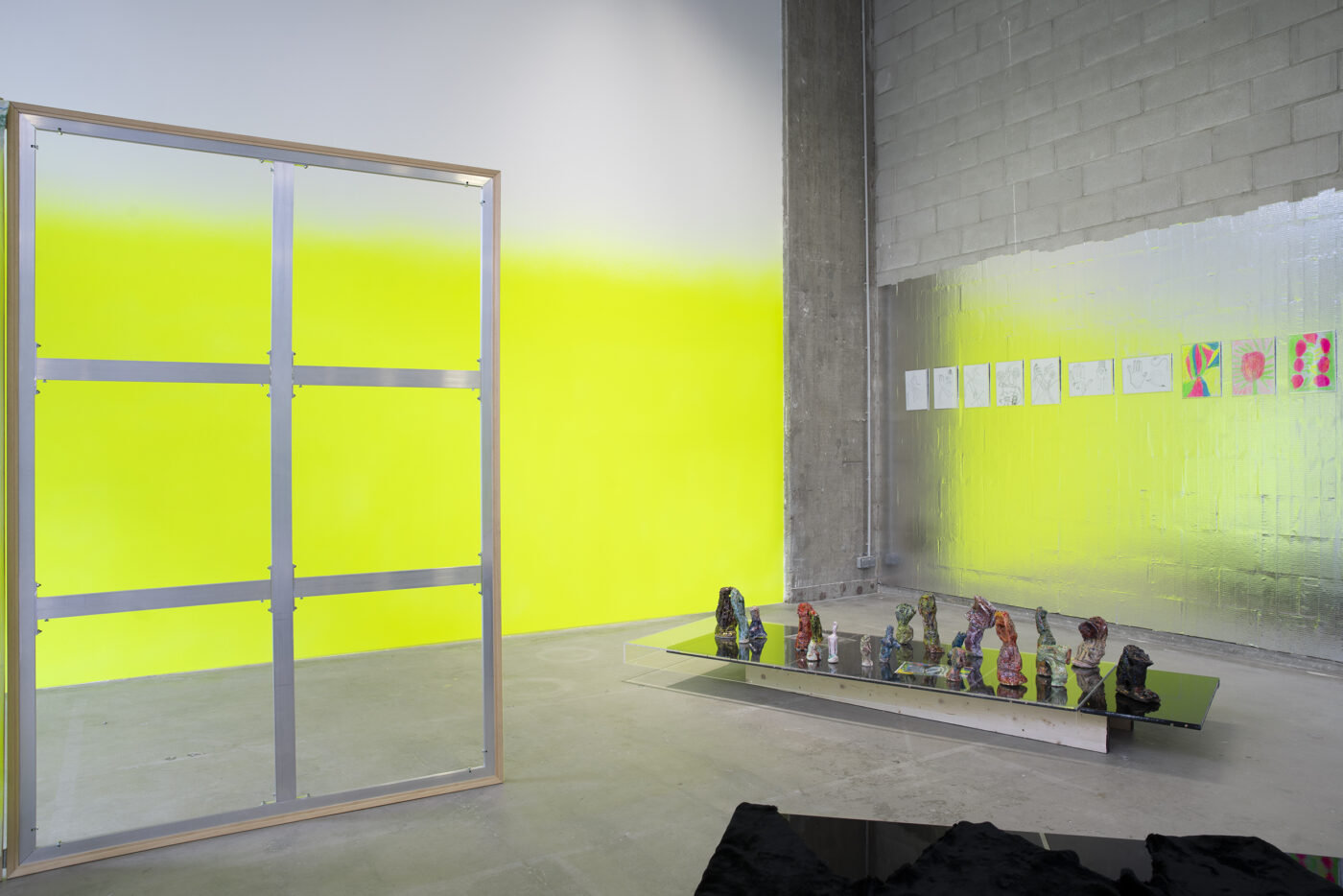
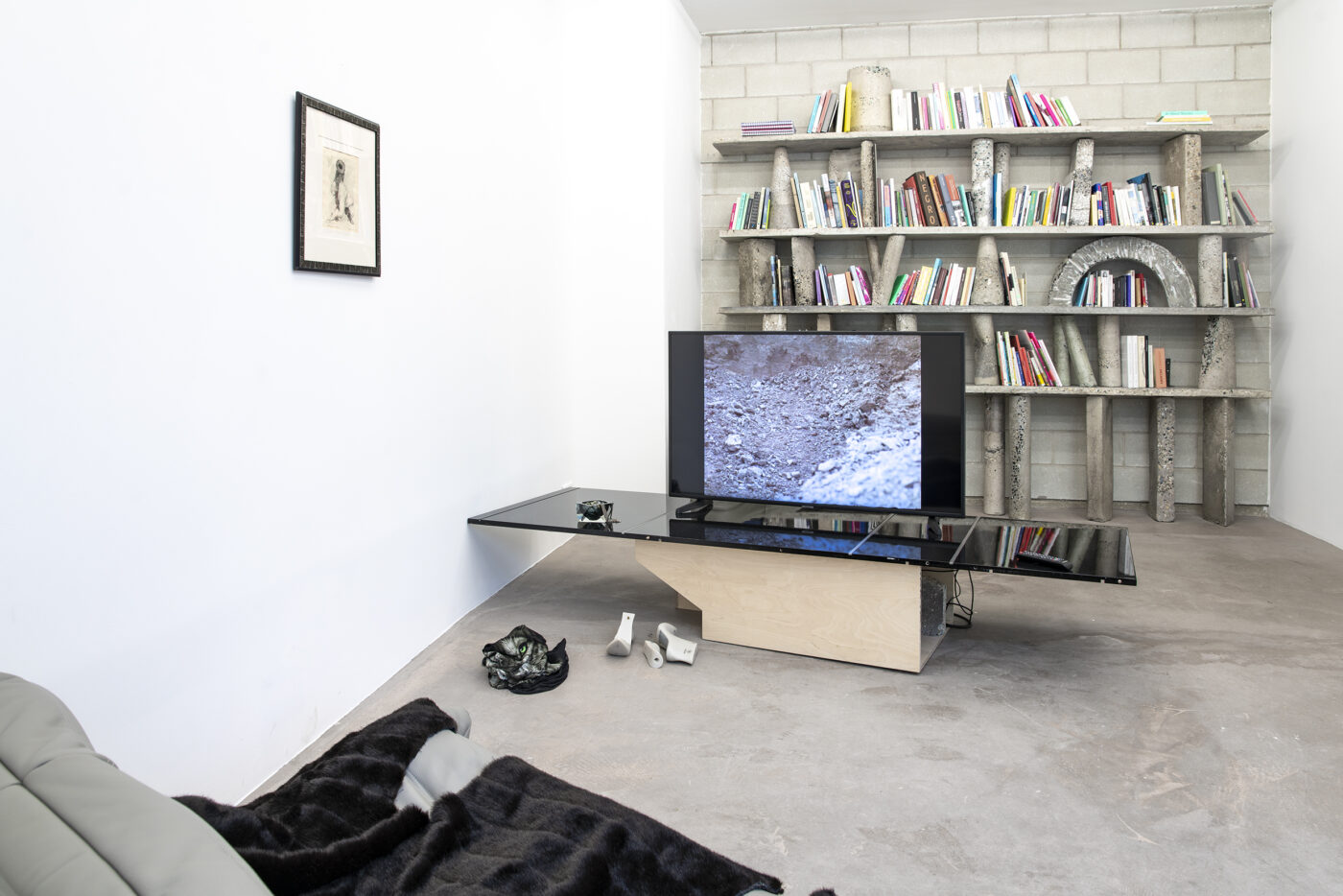
Current